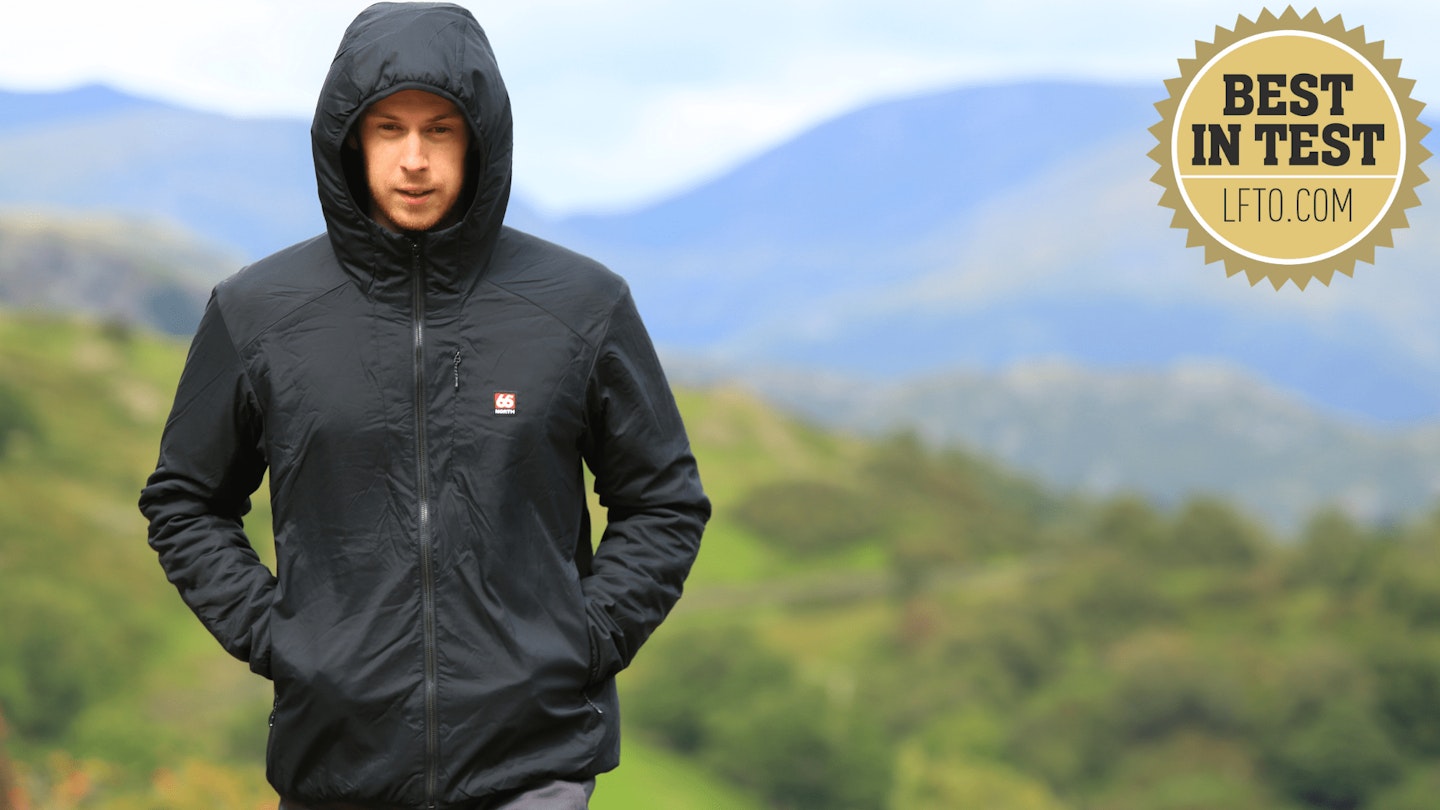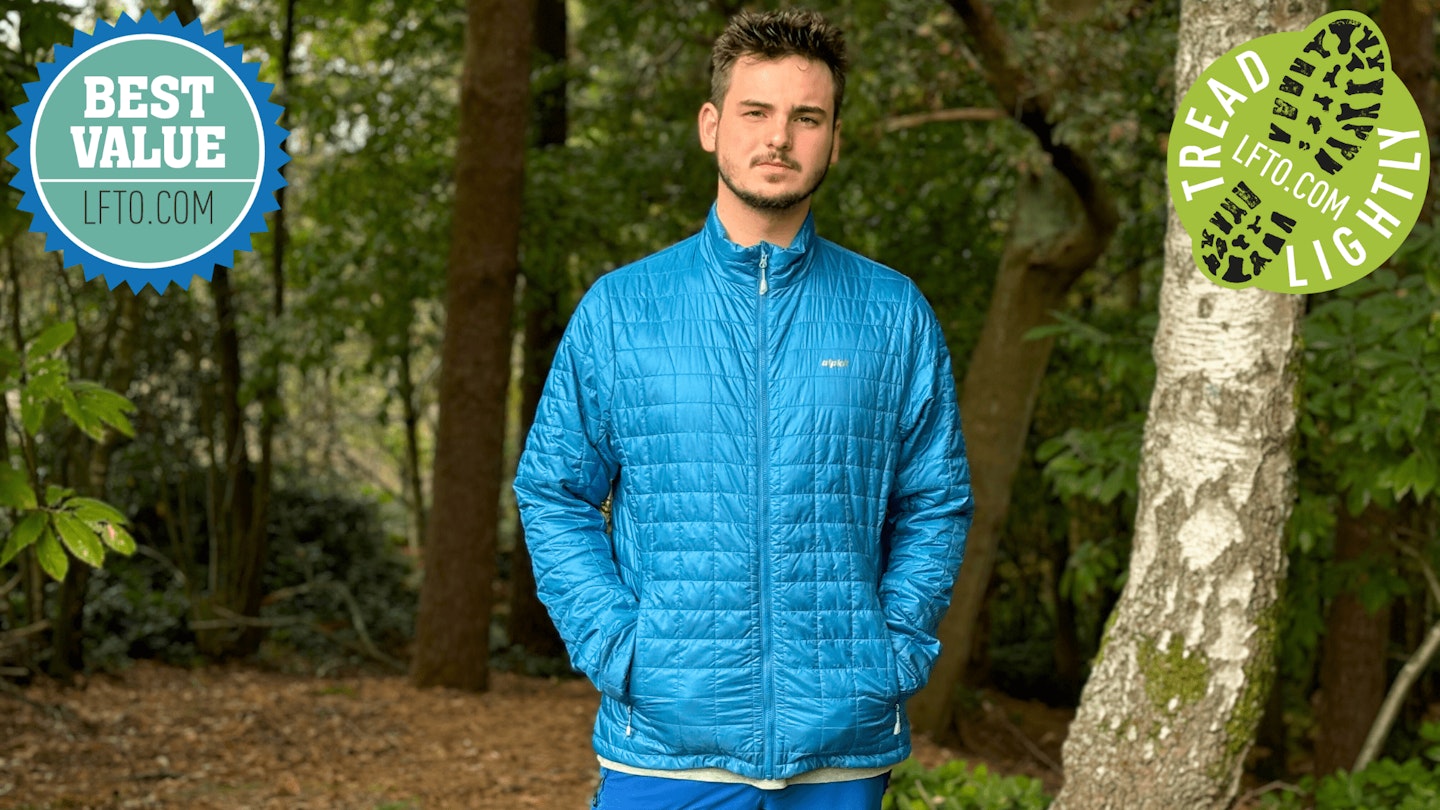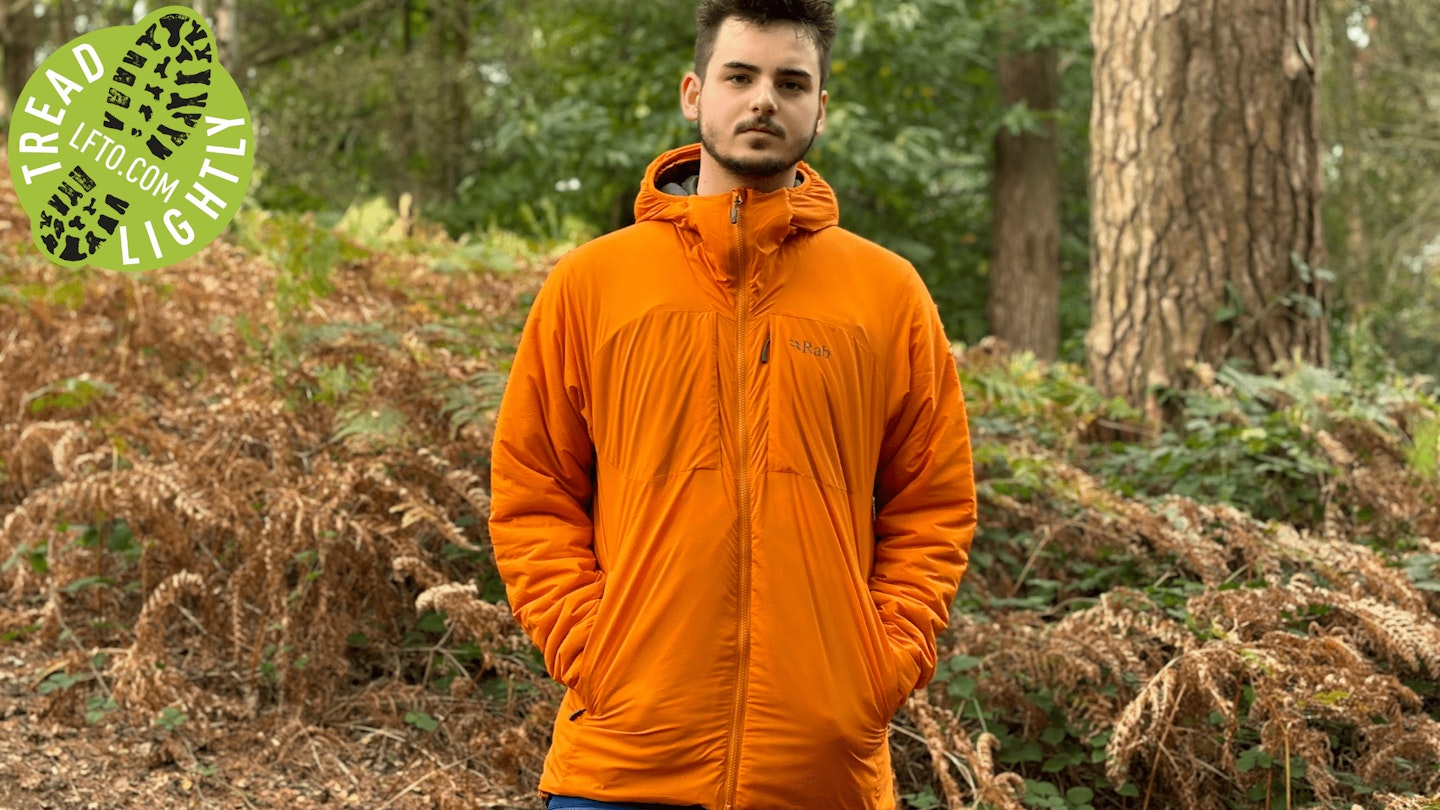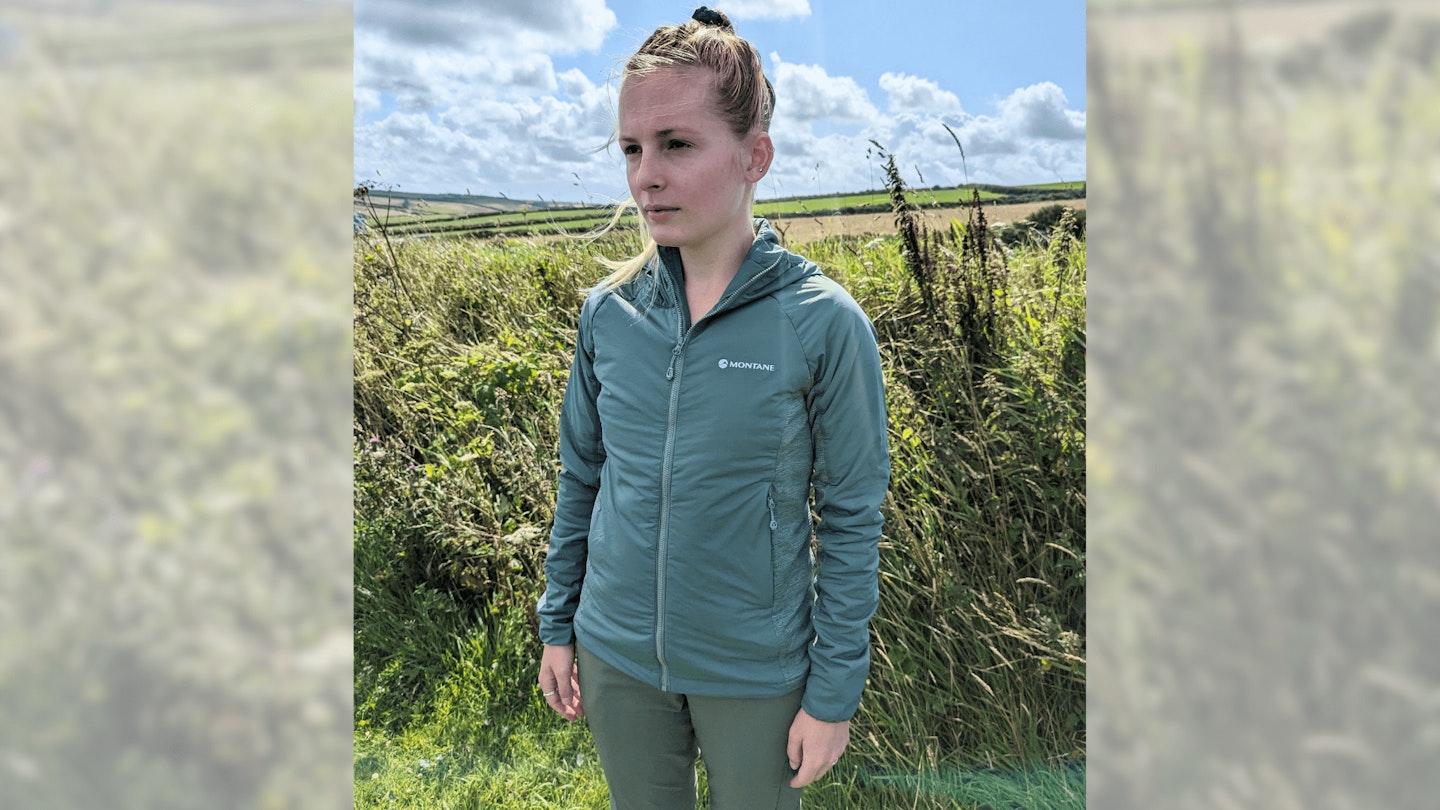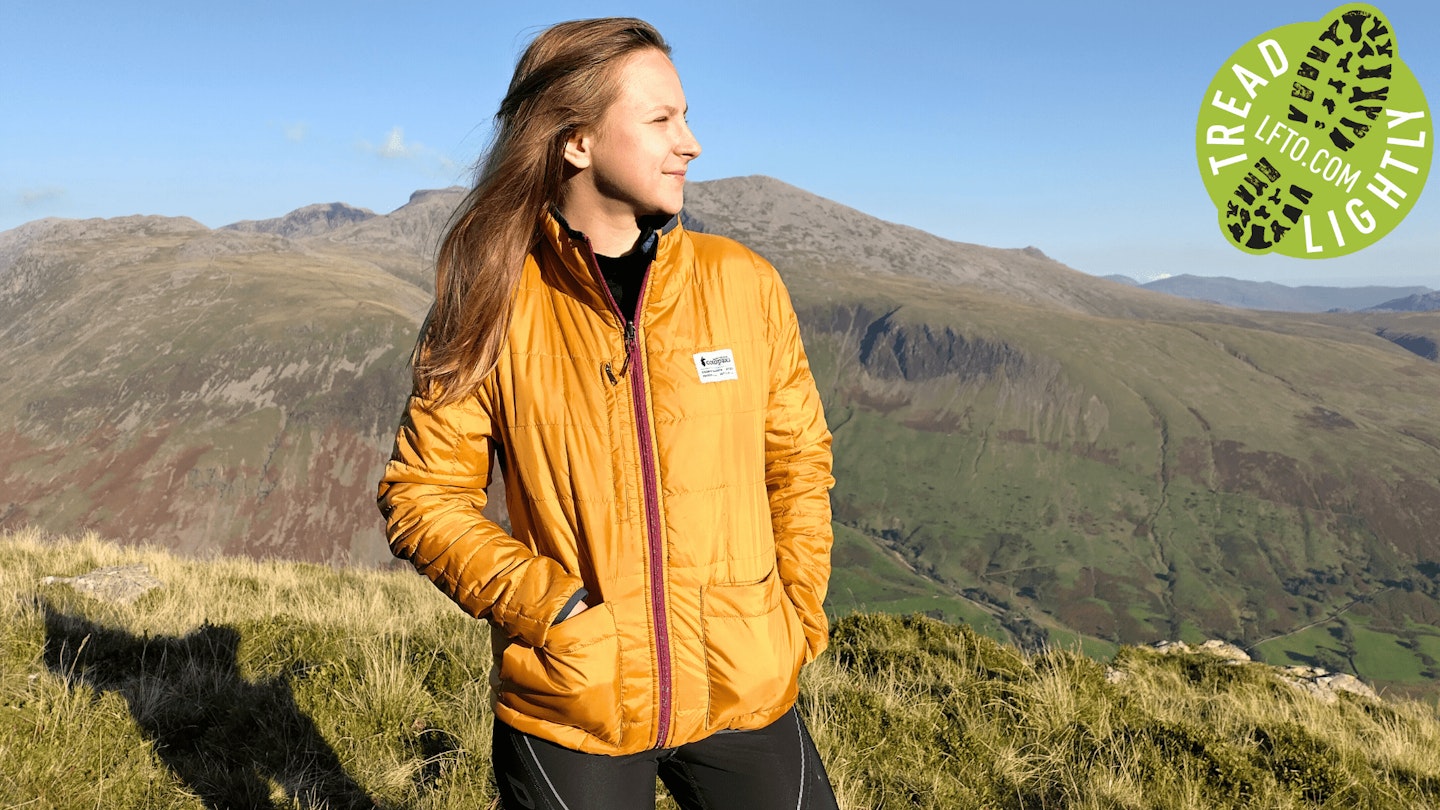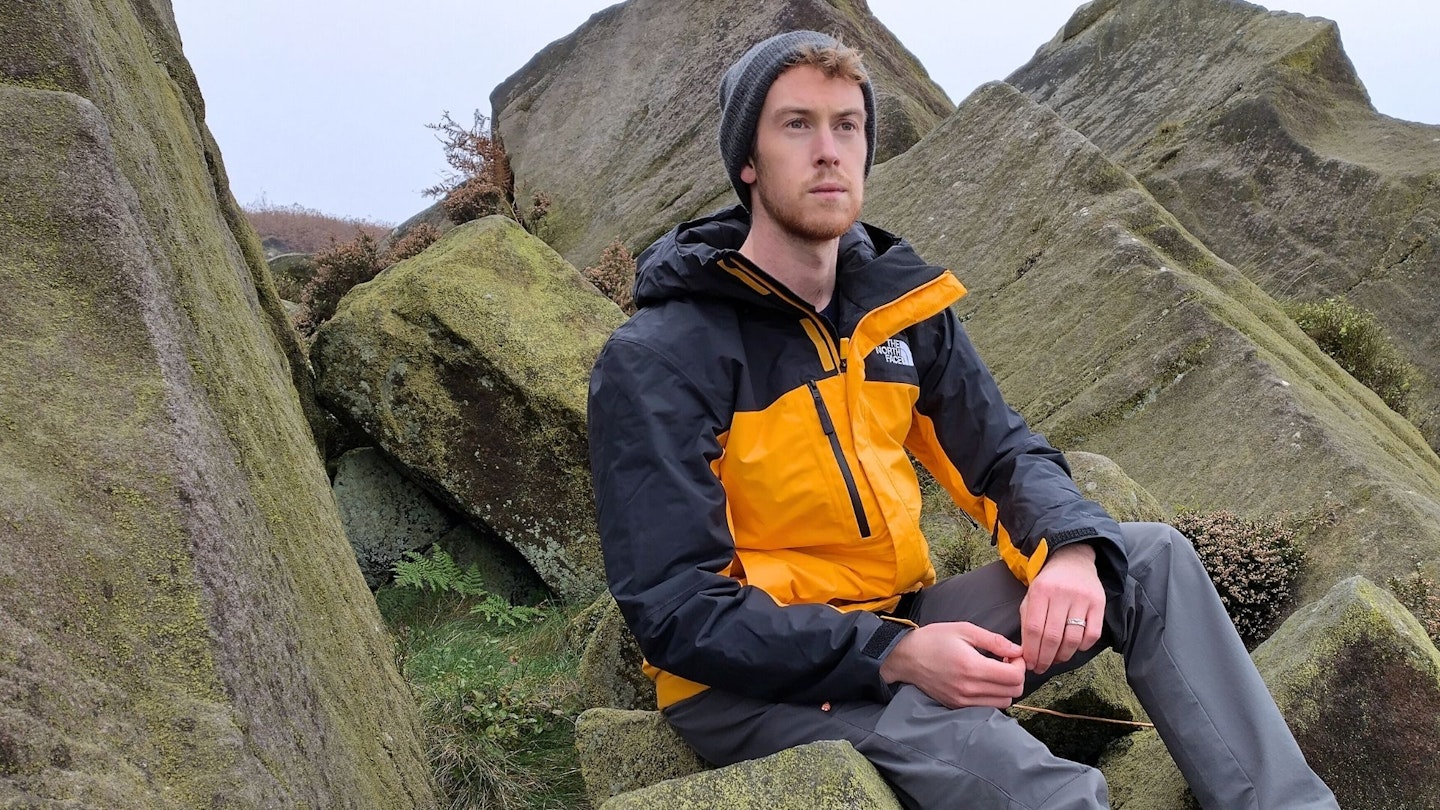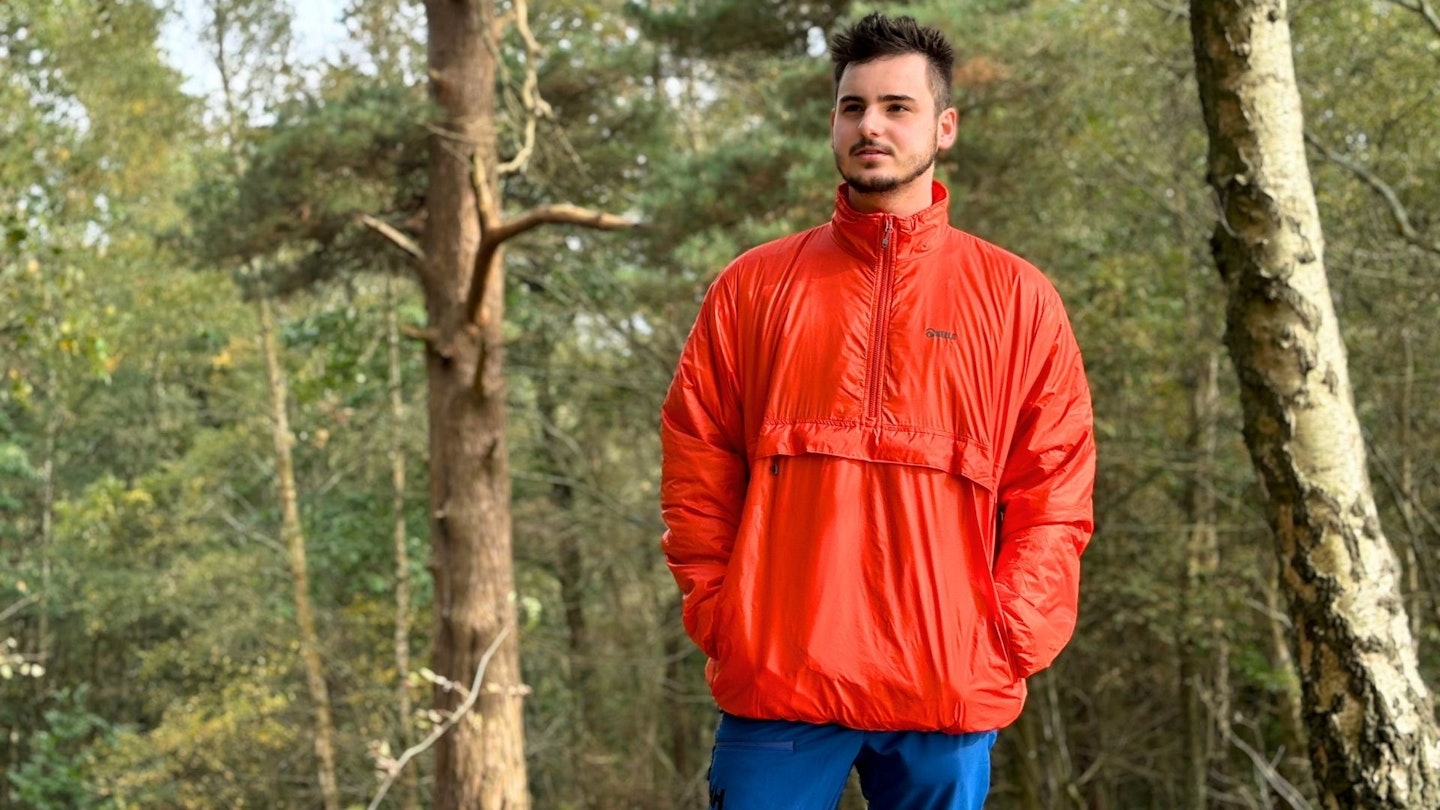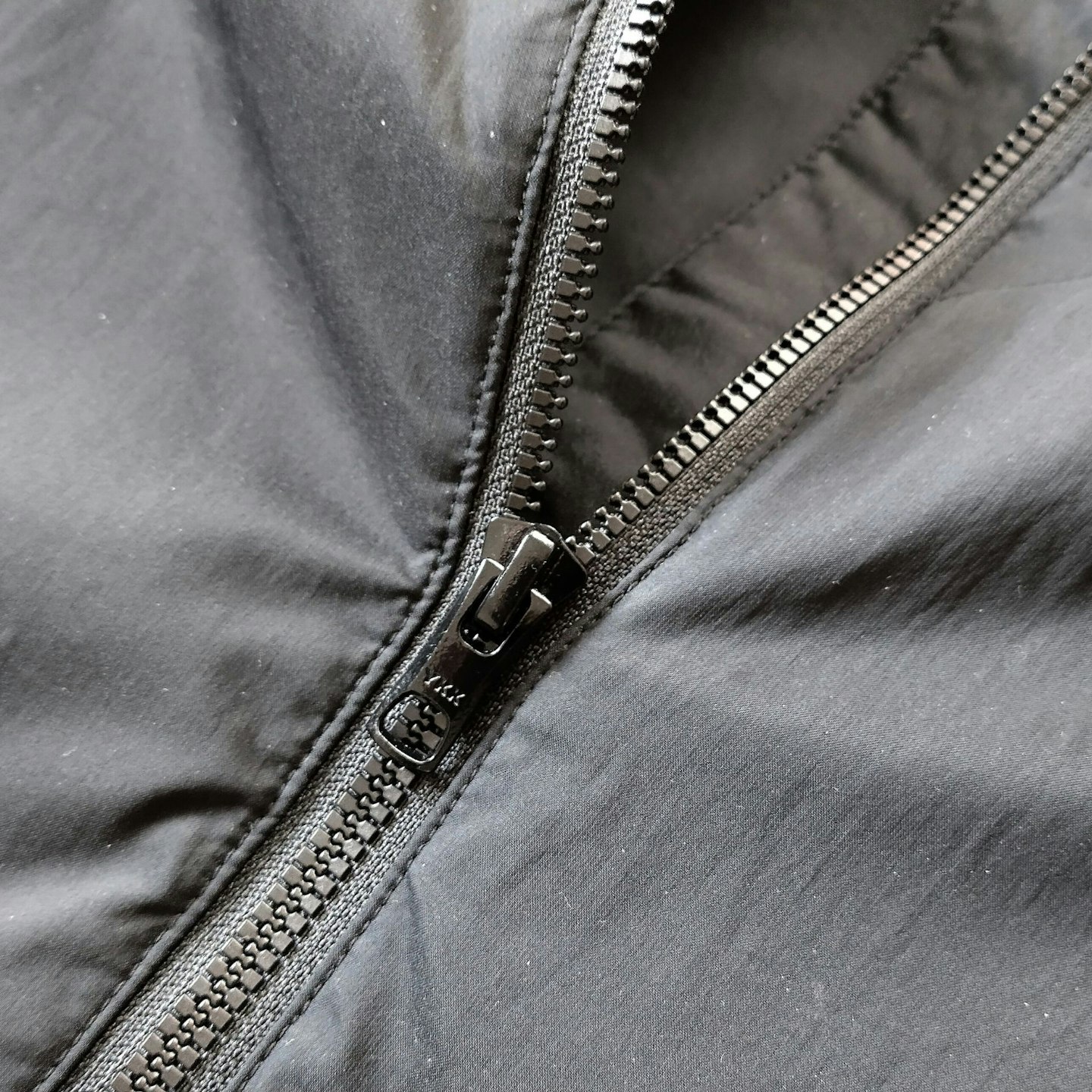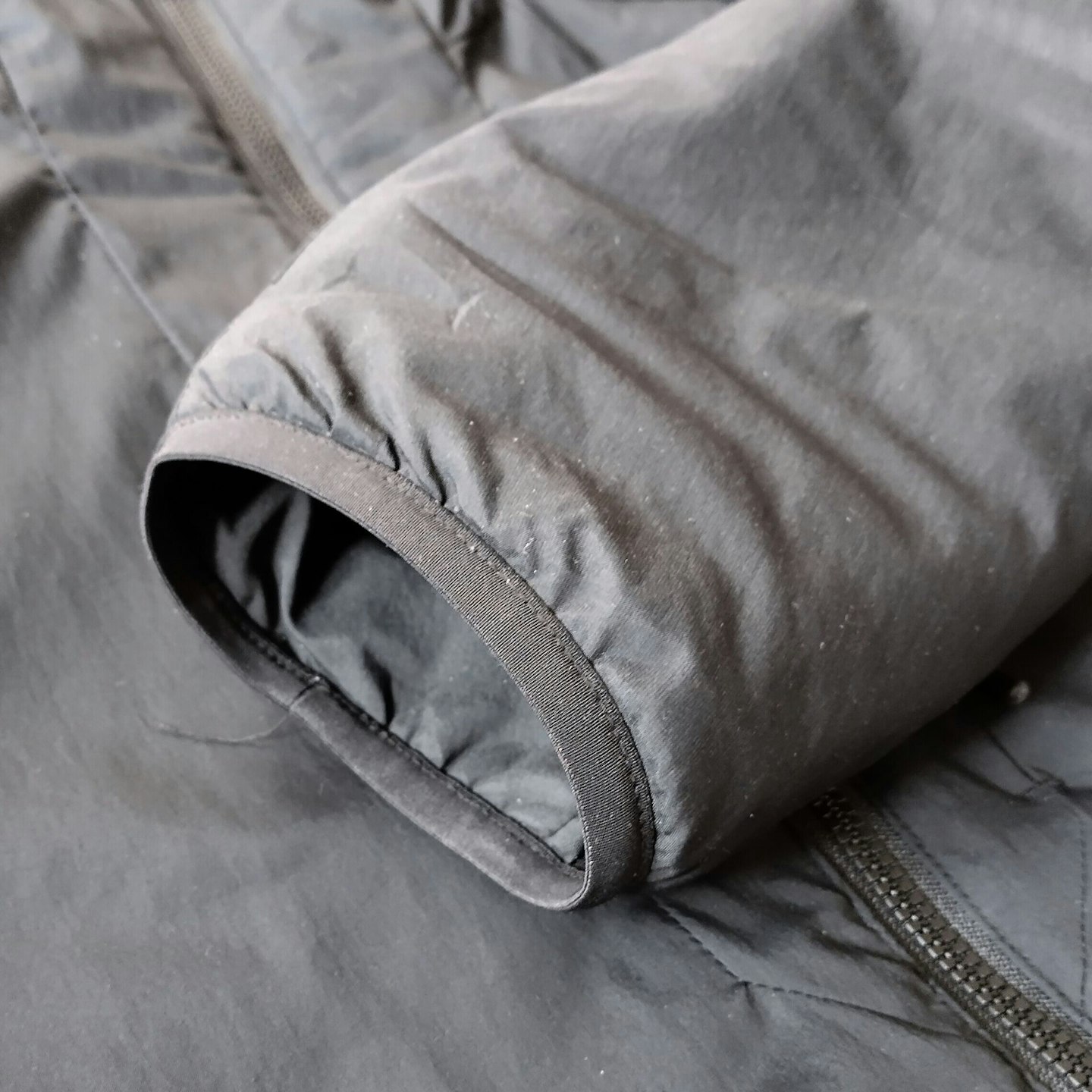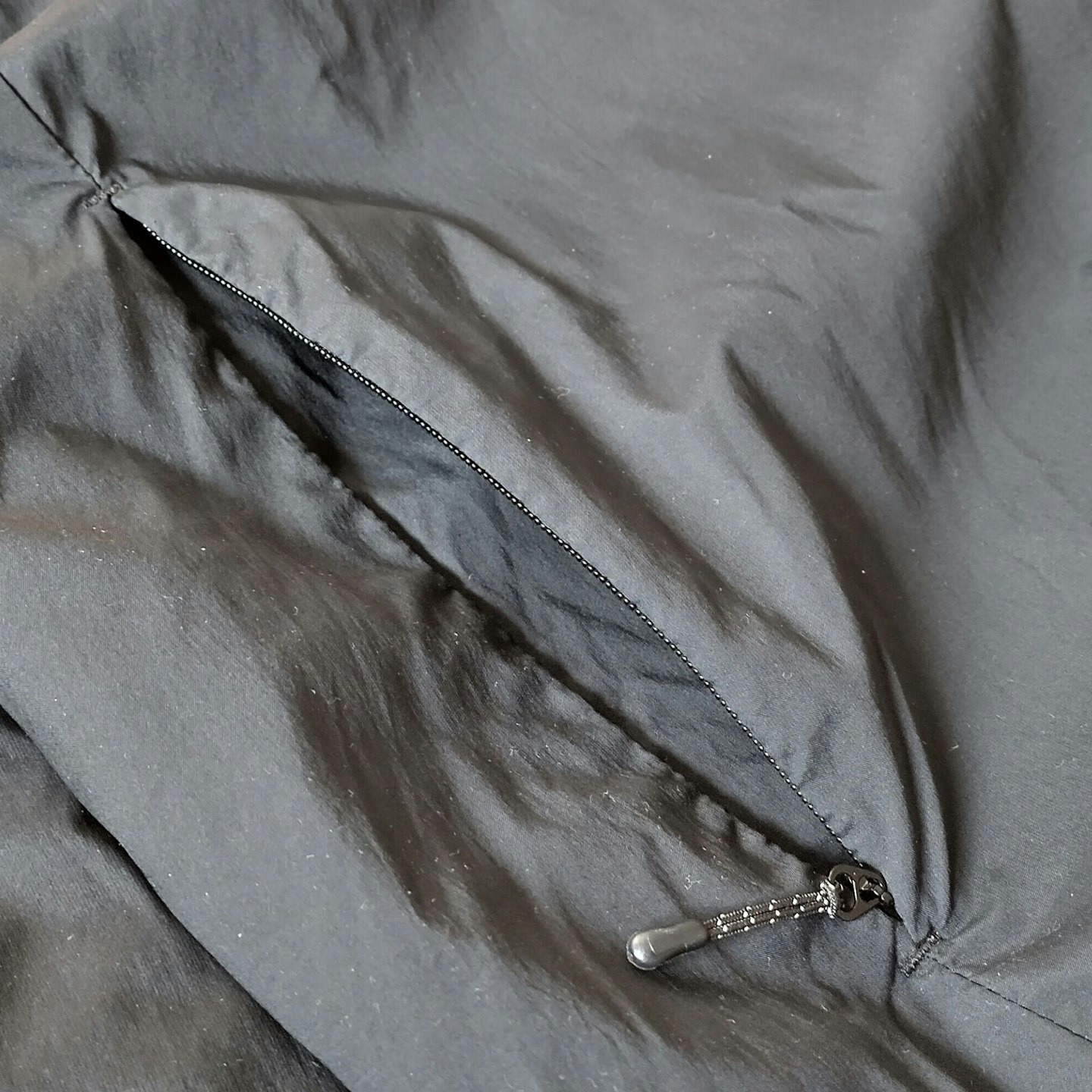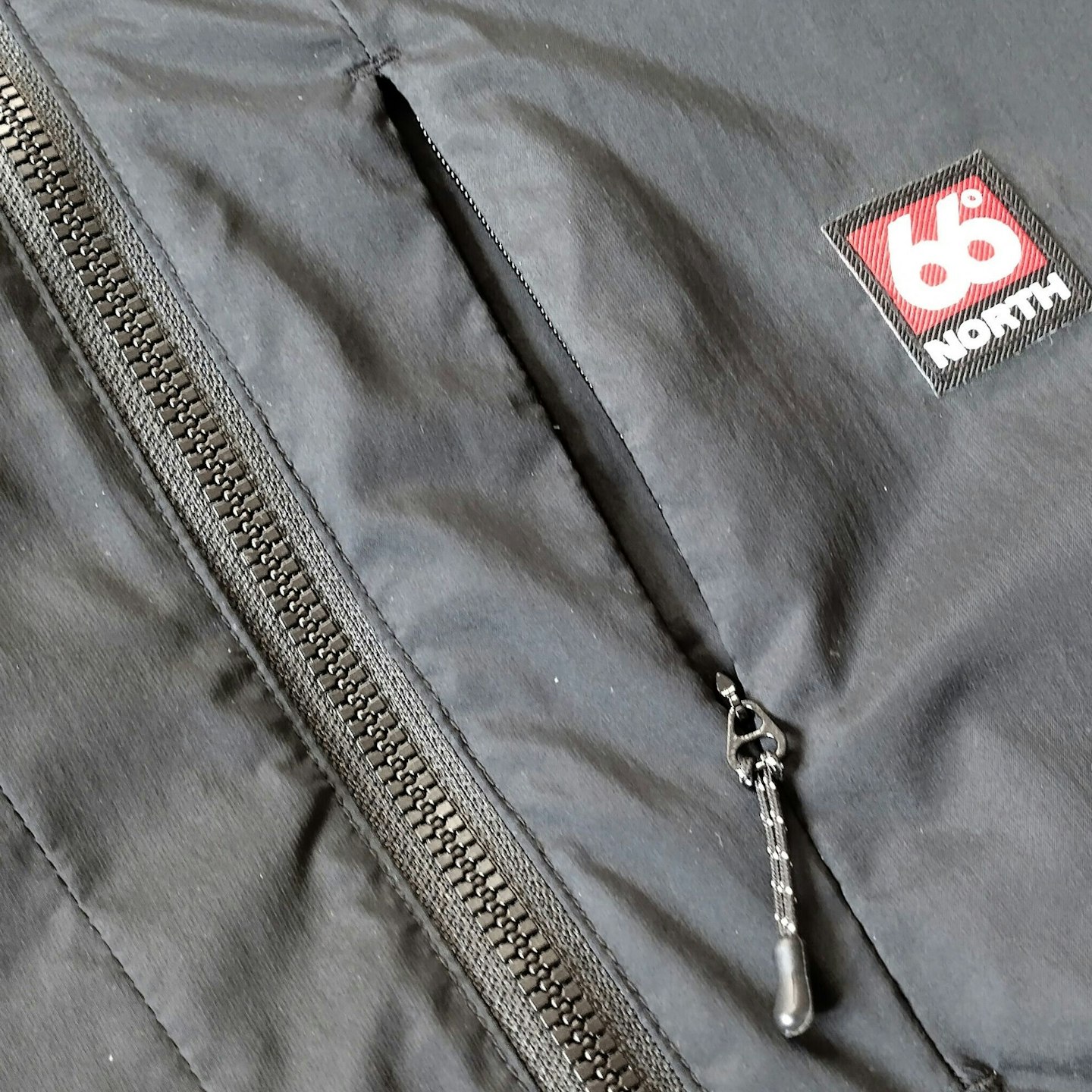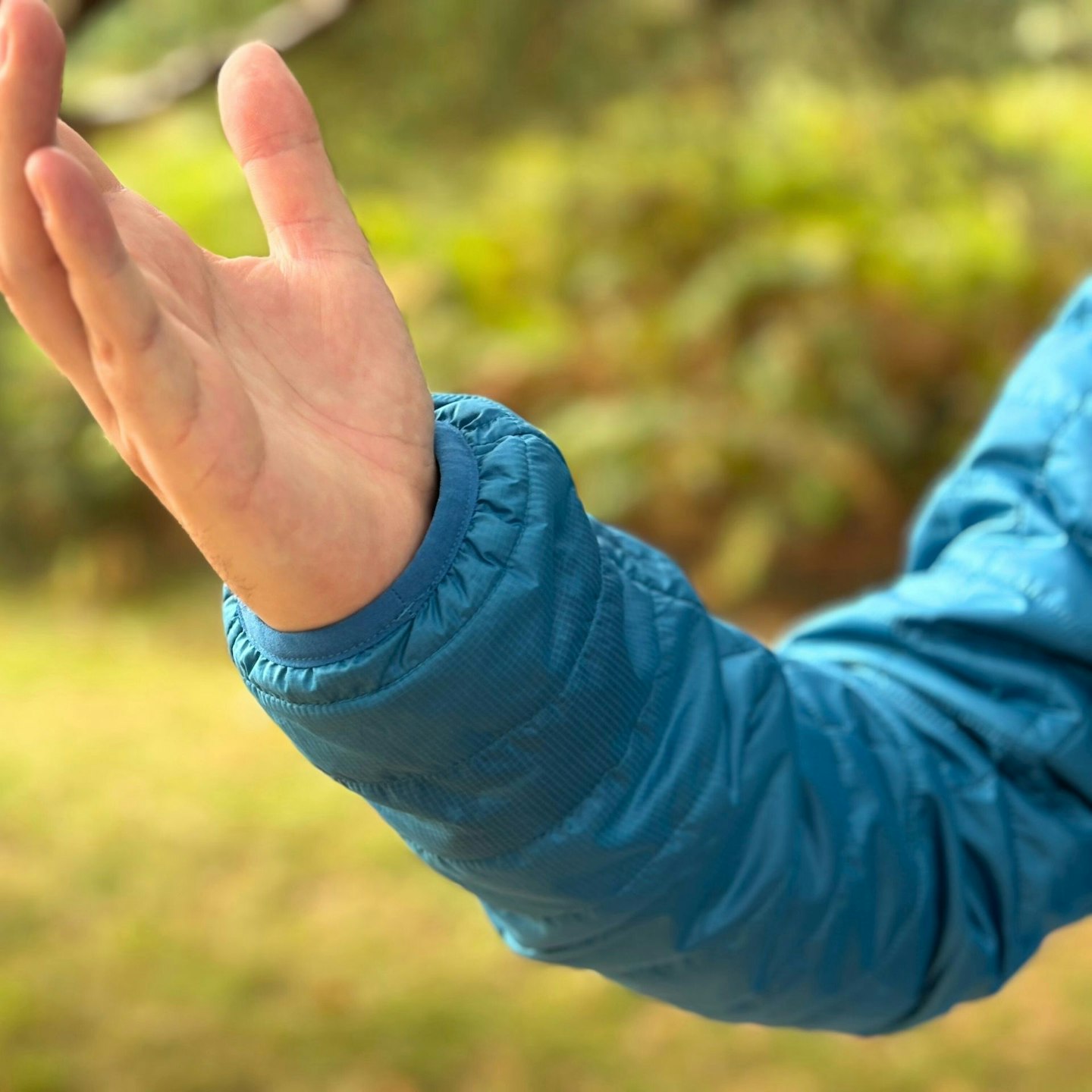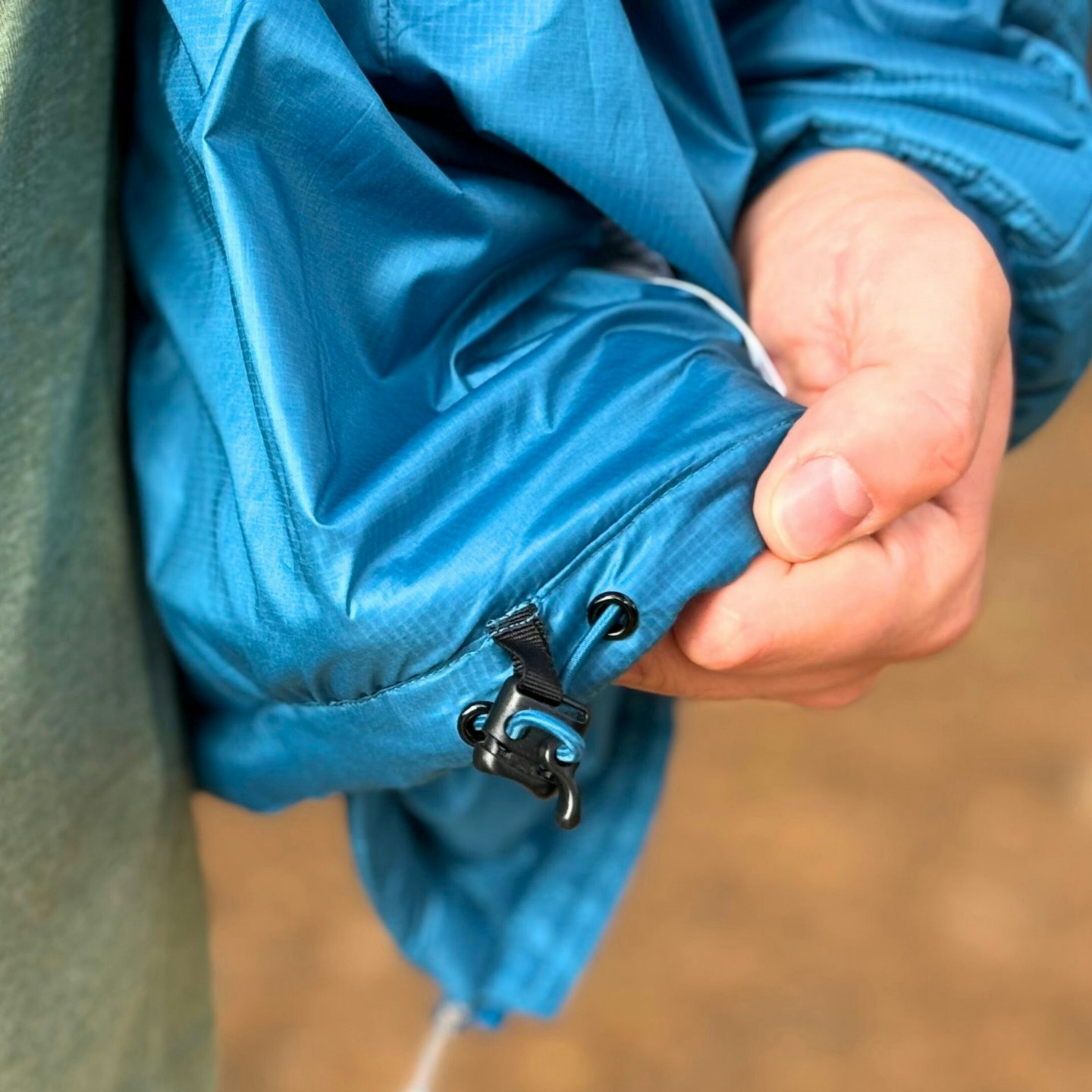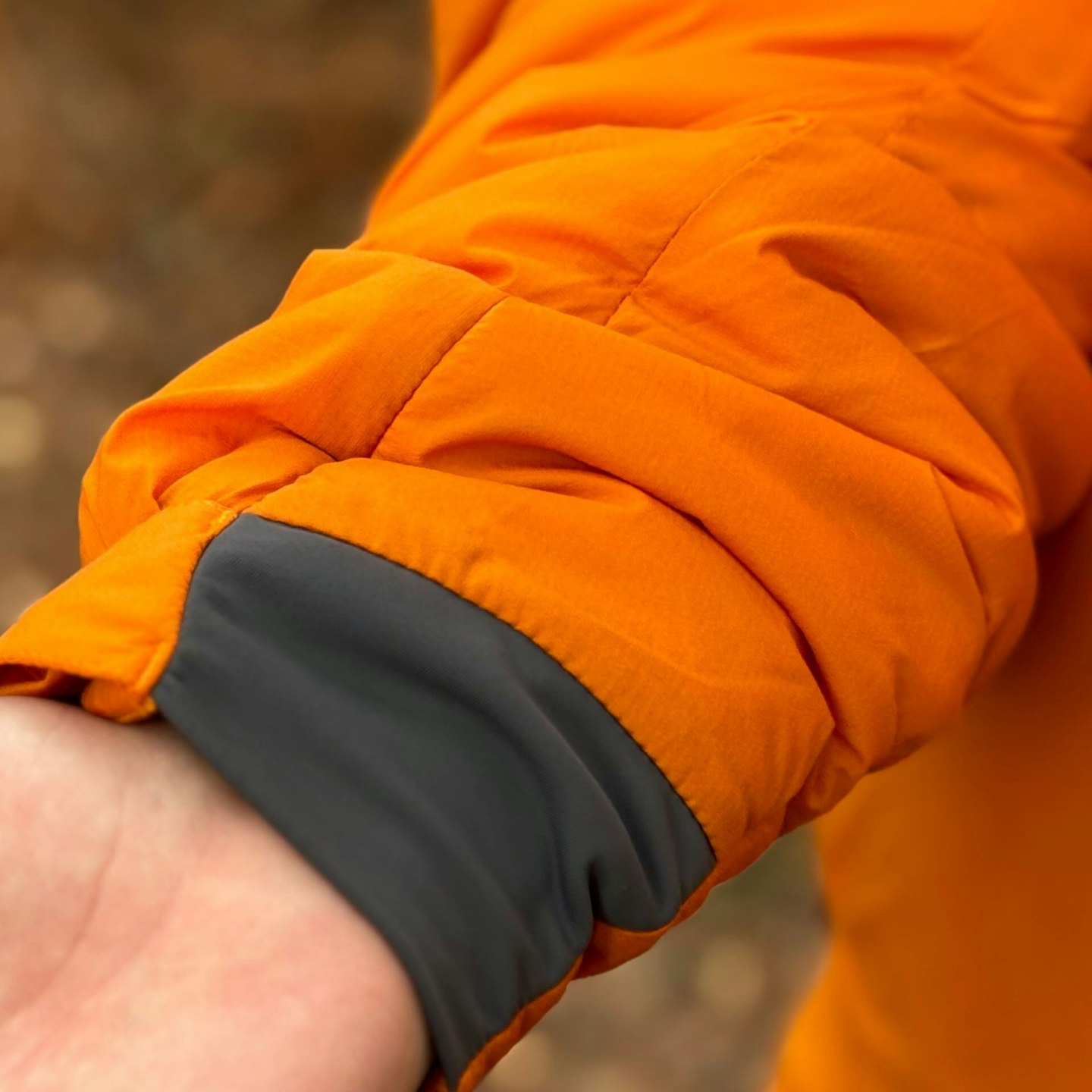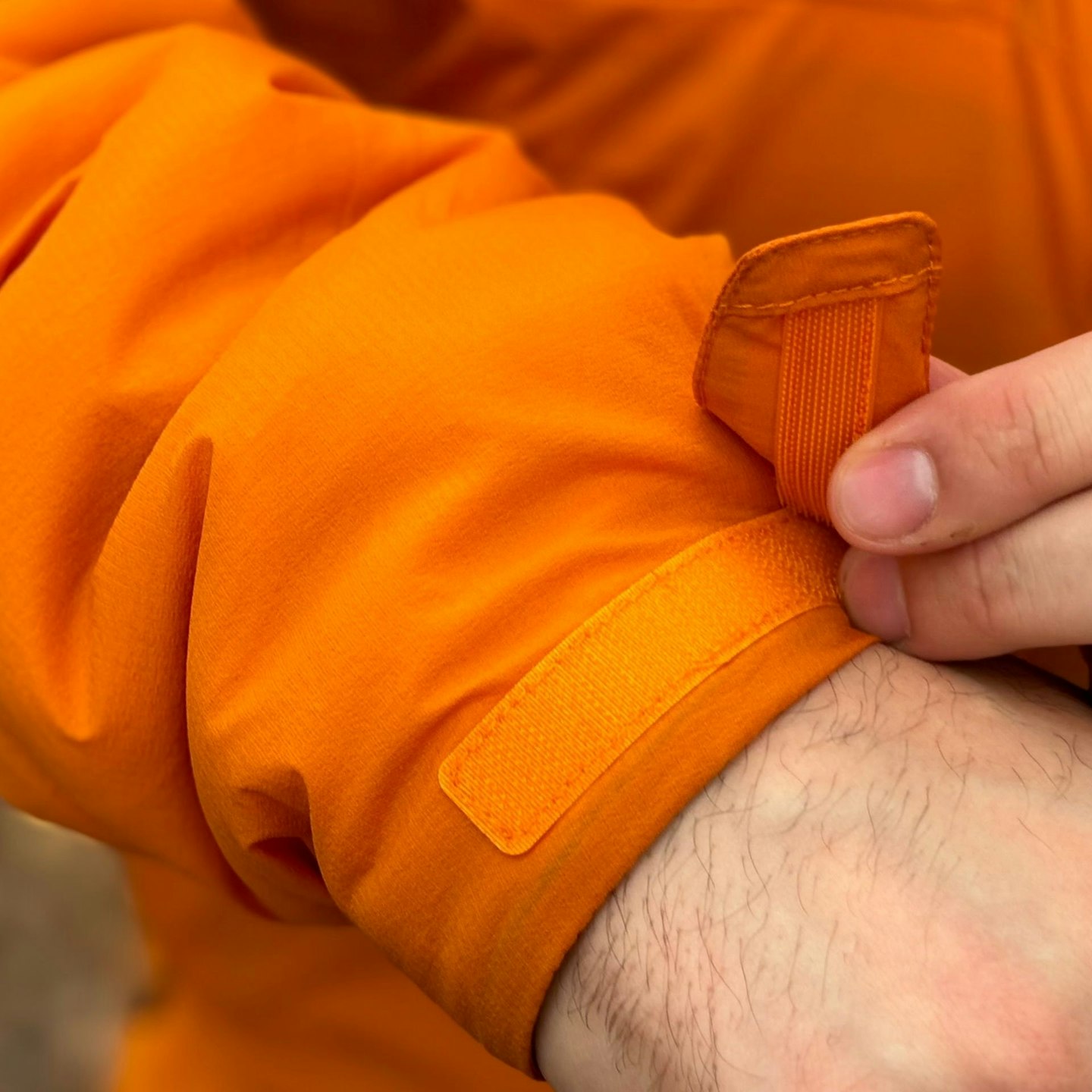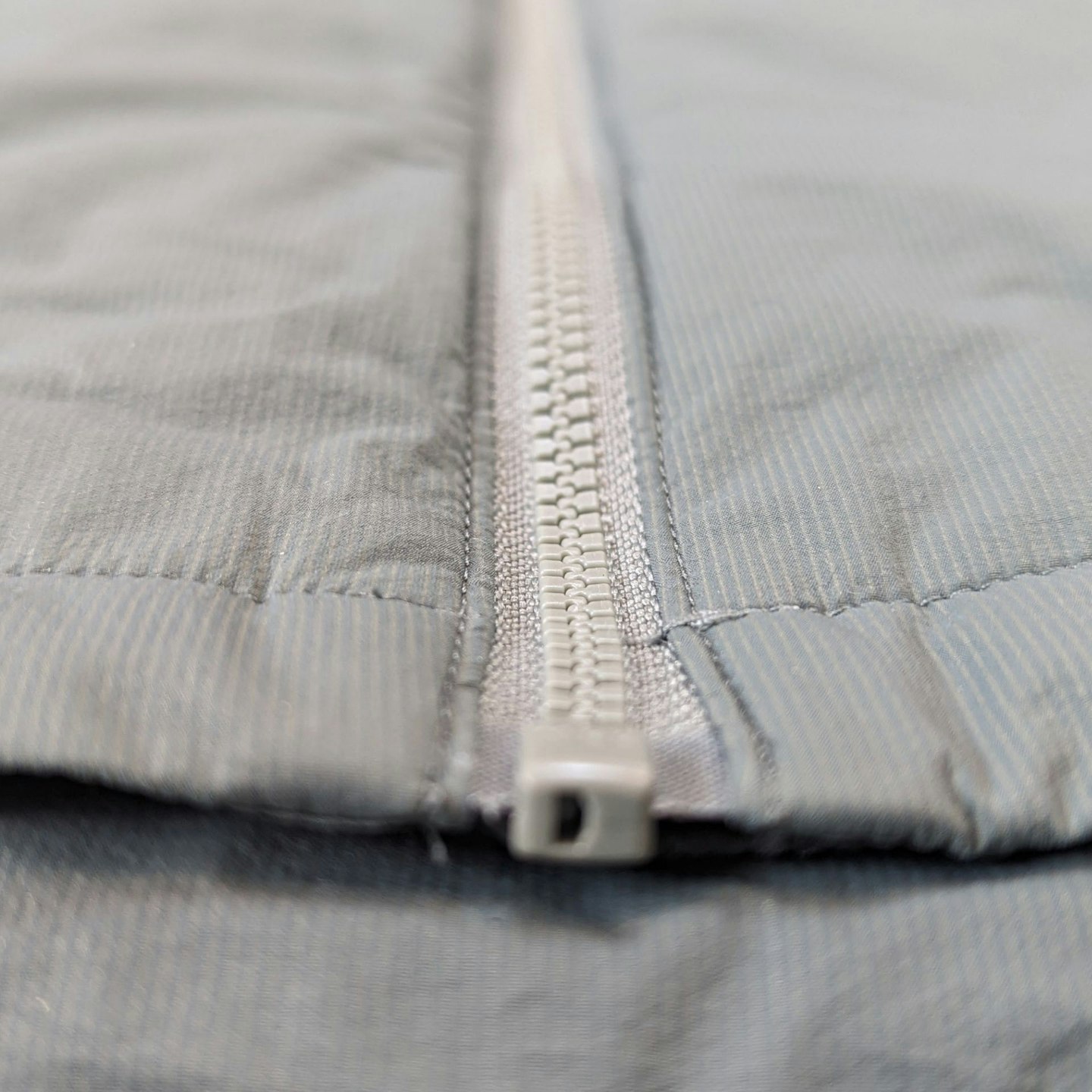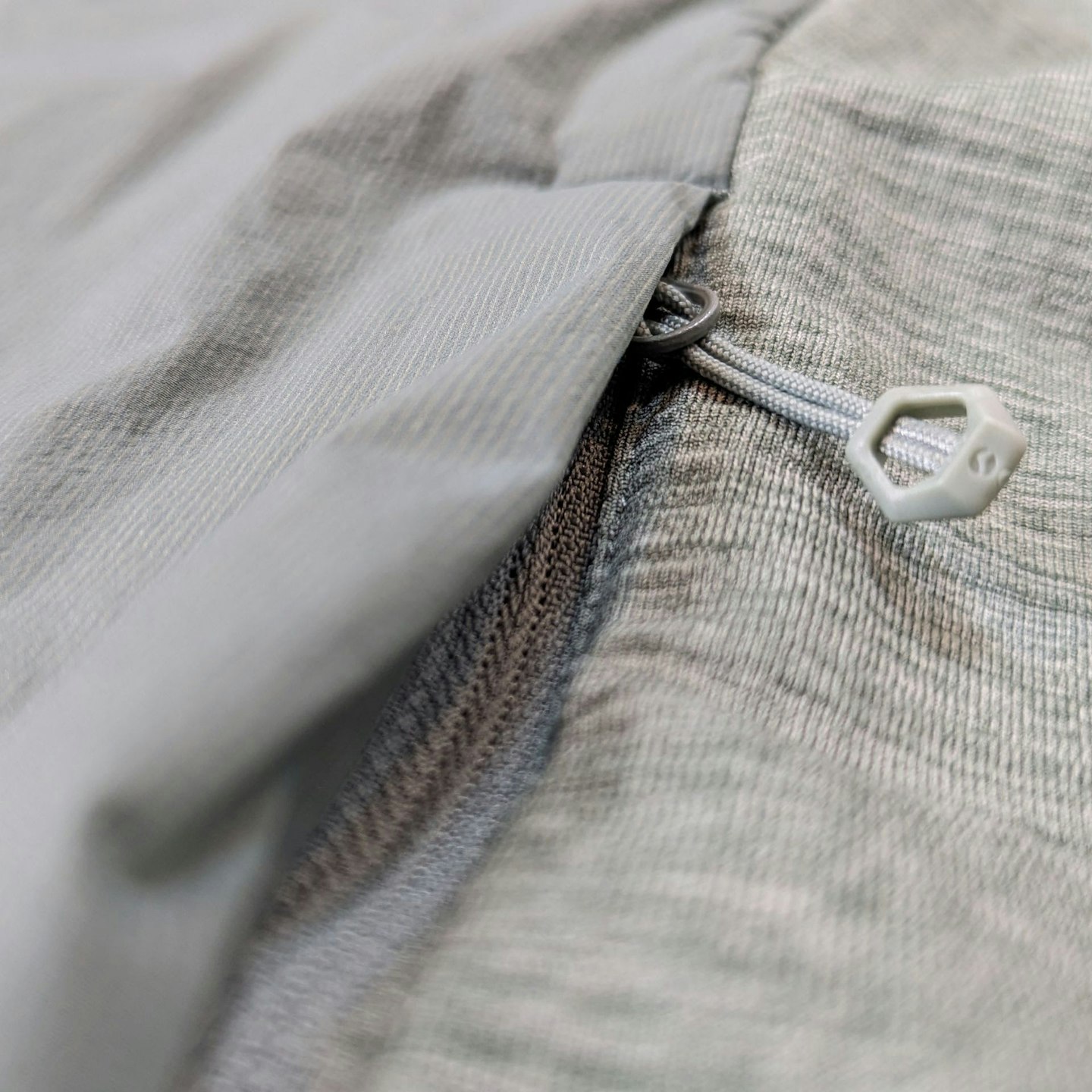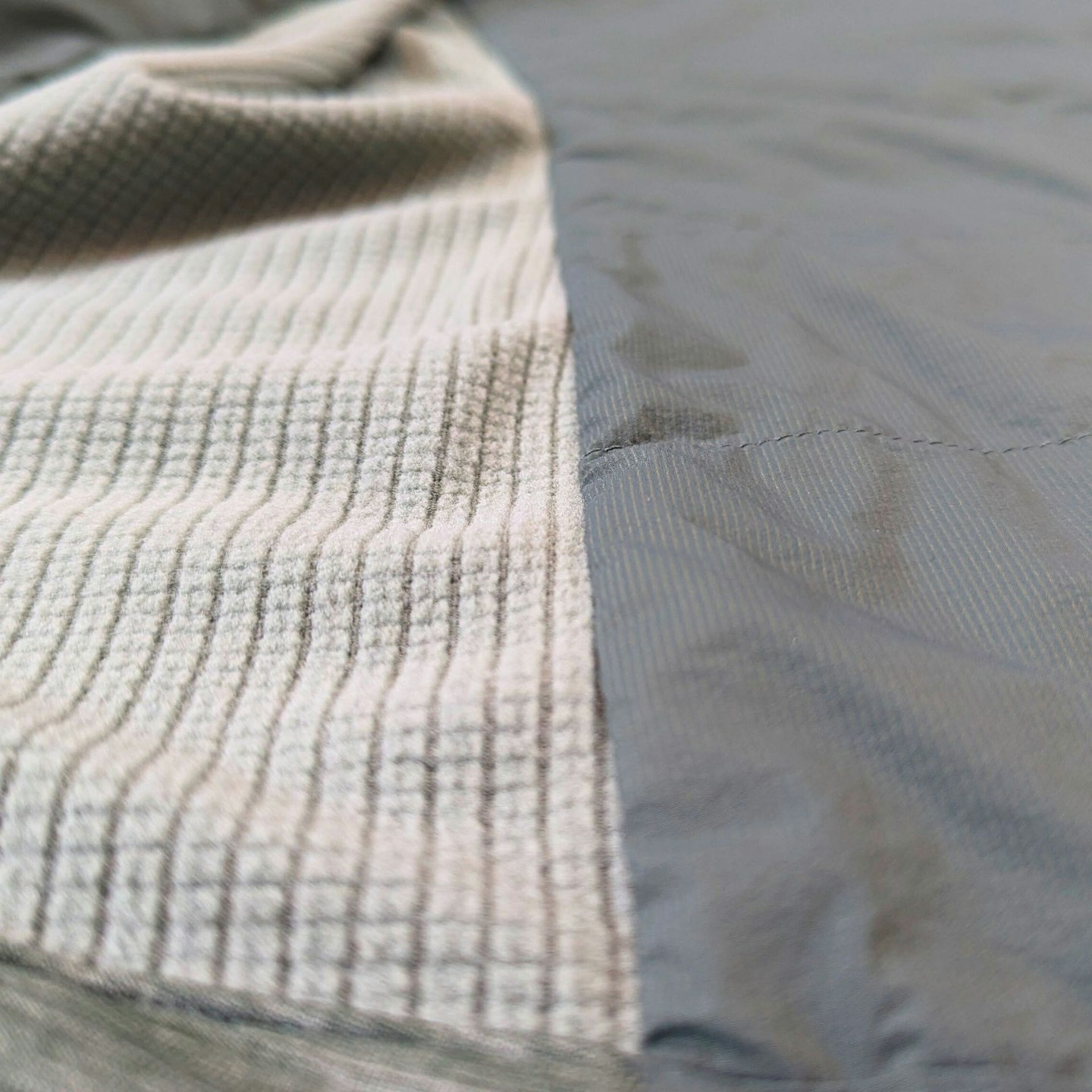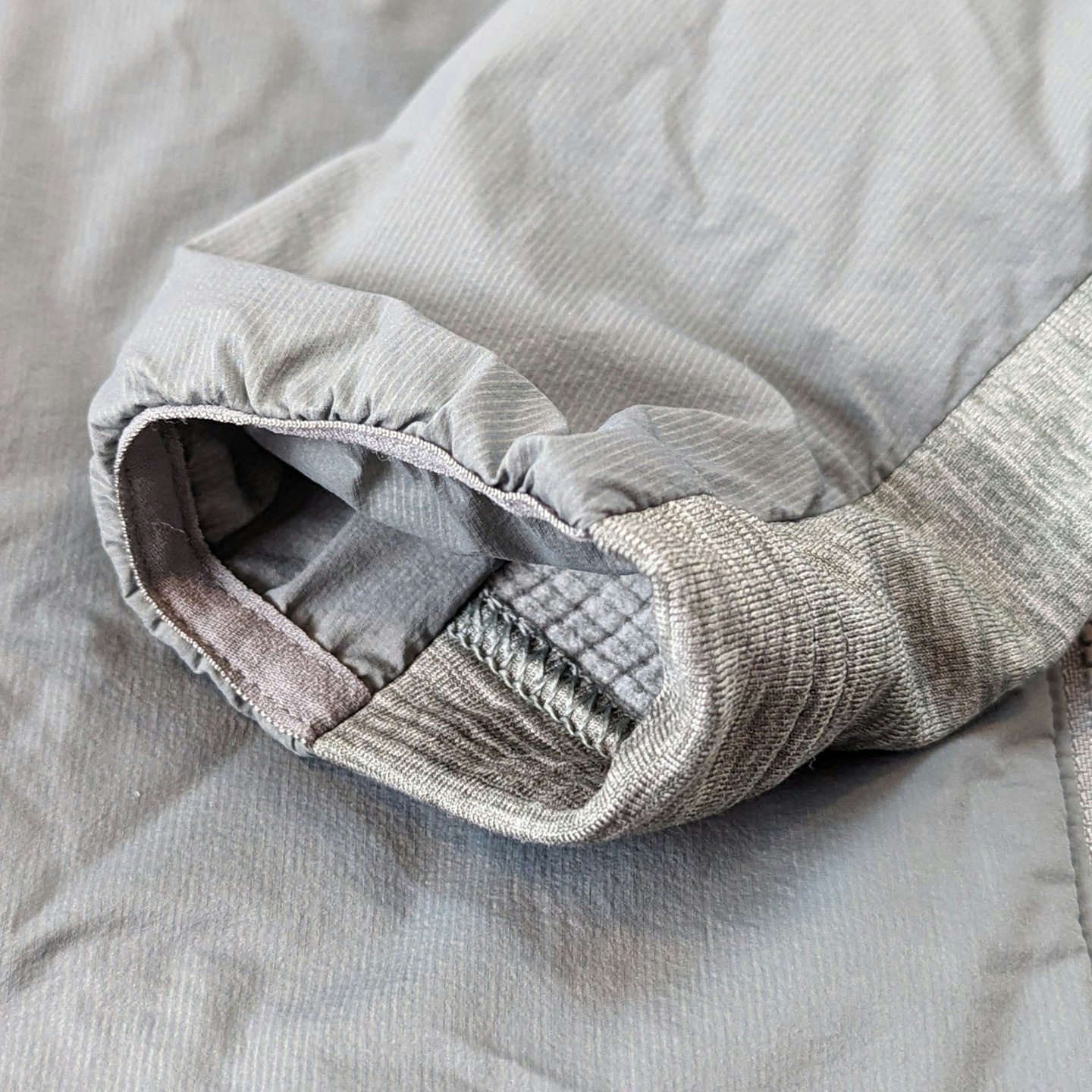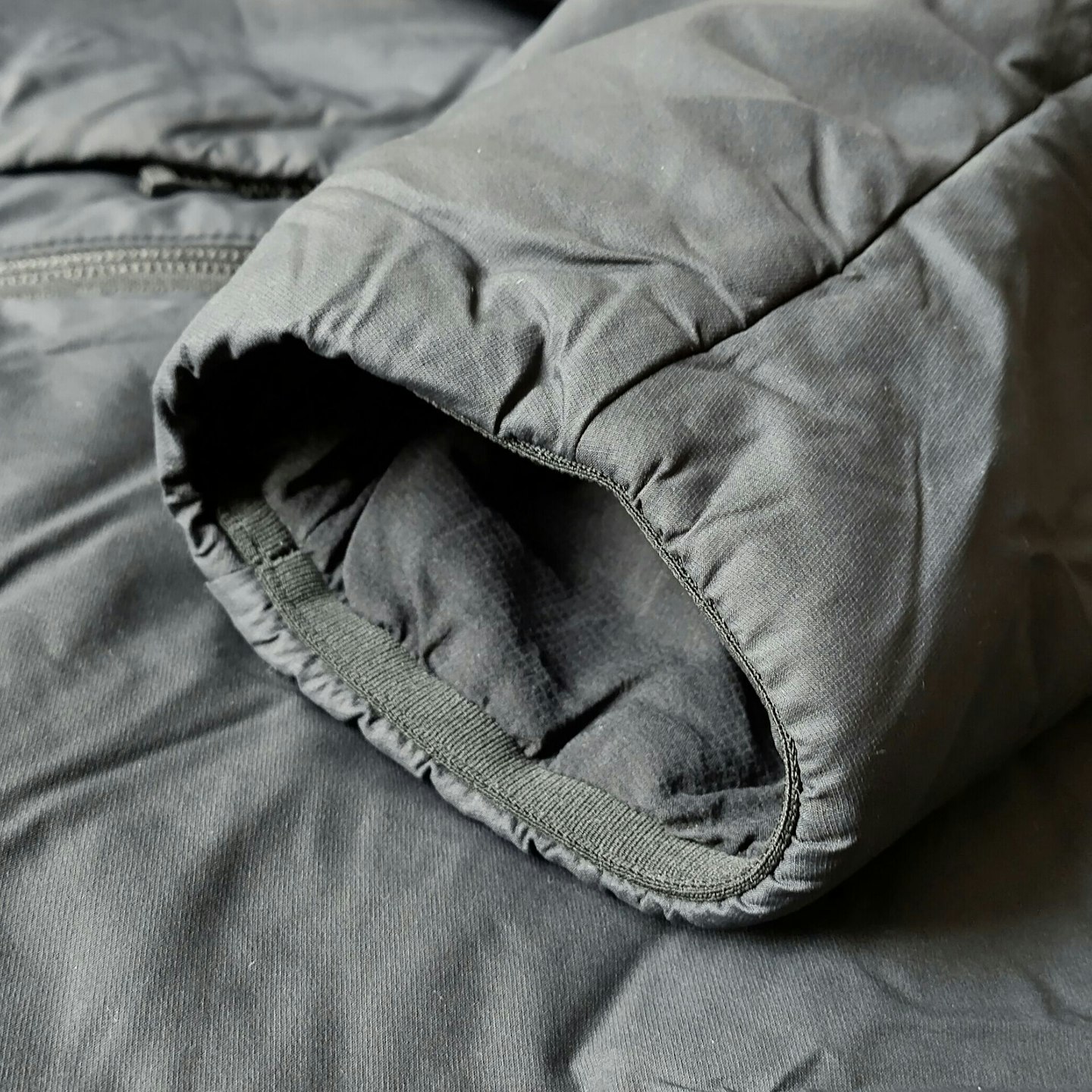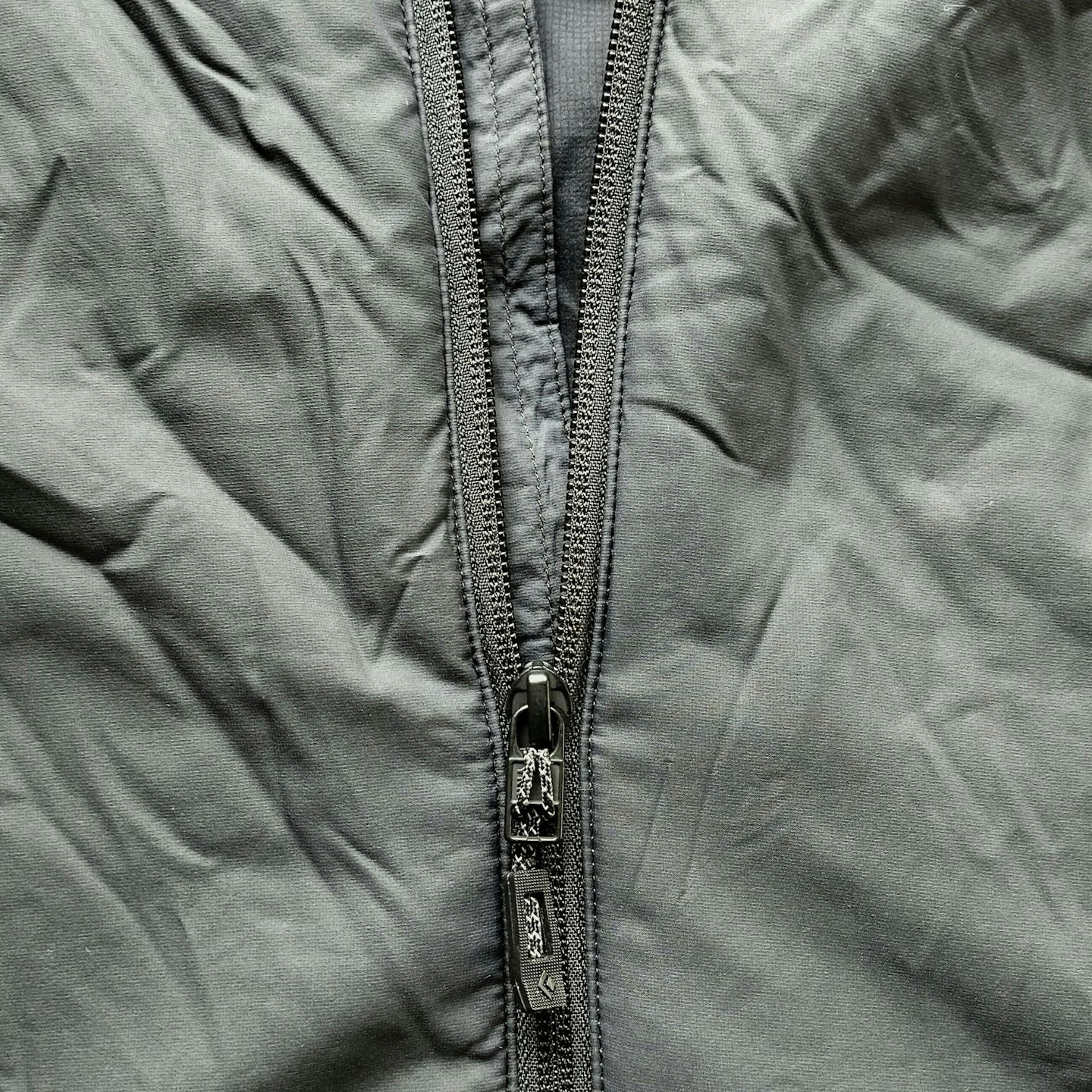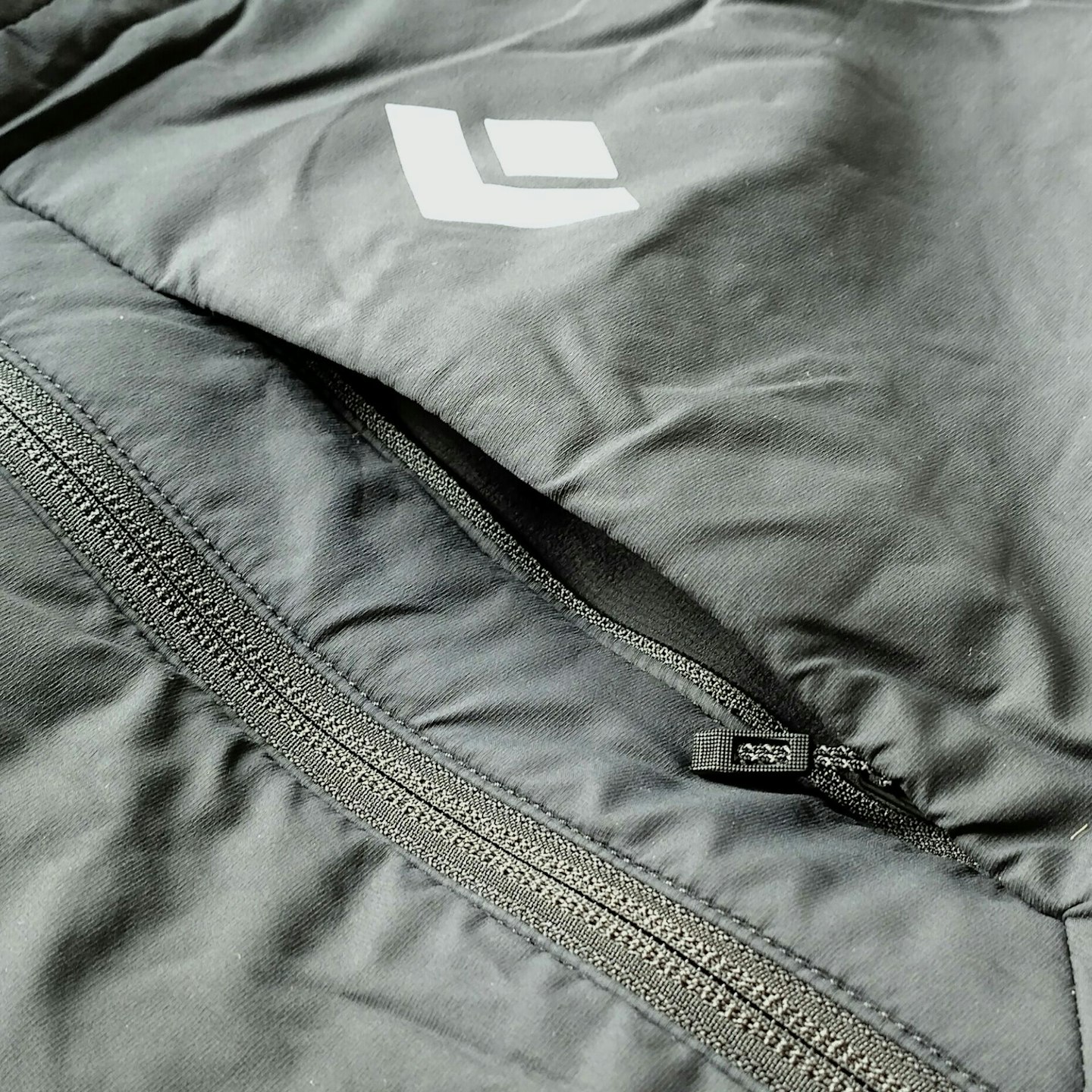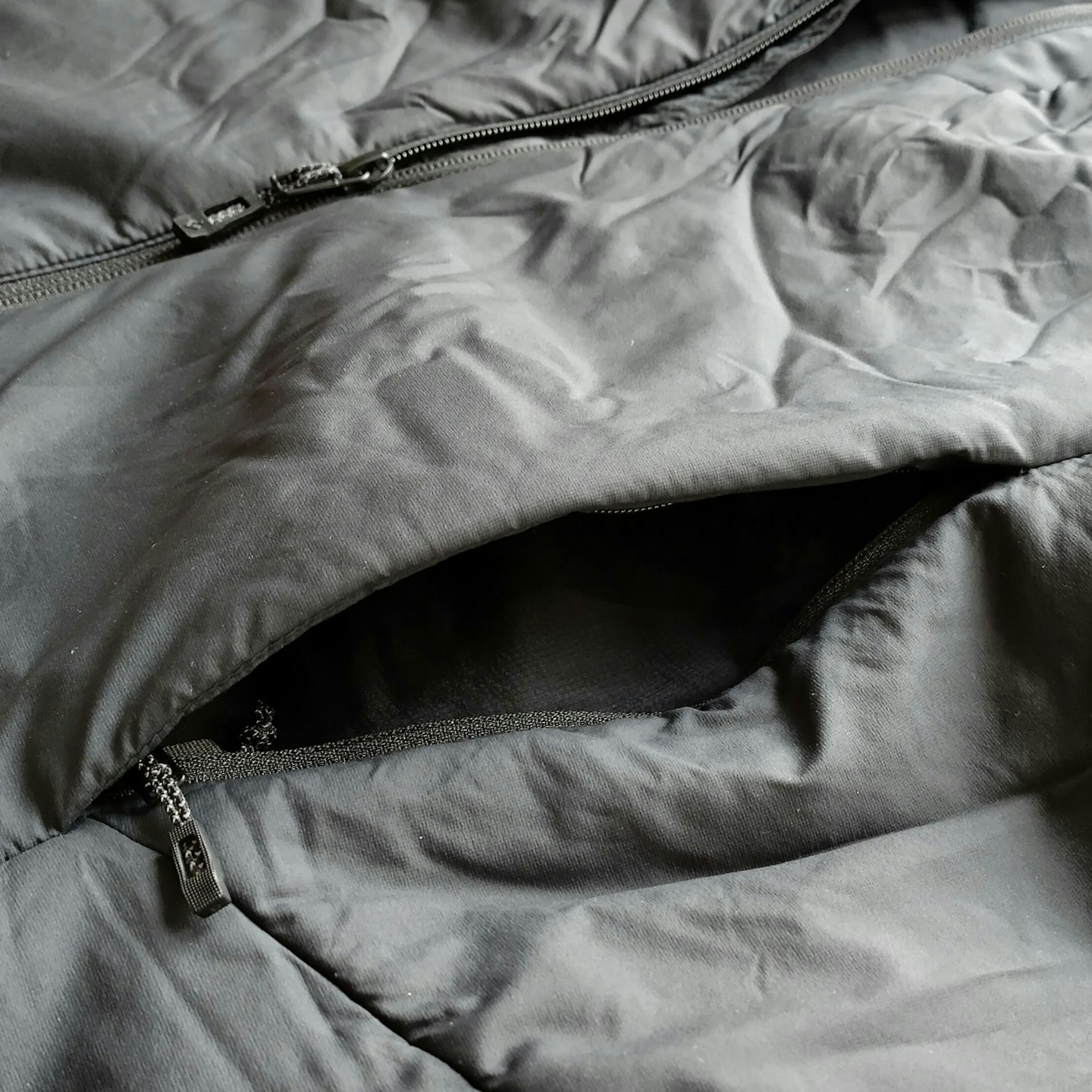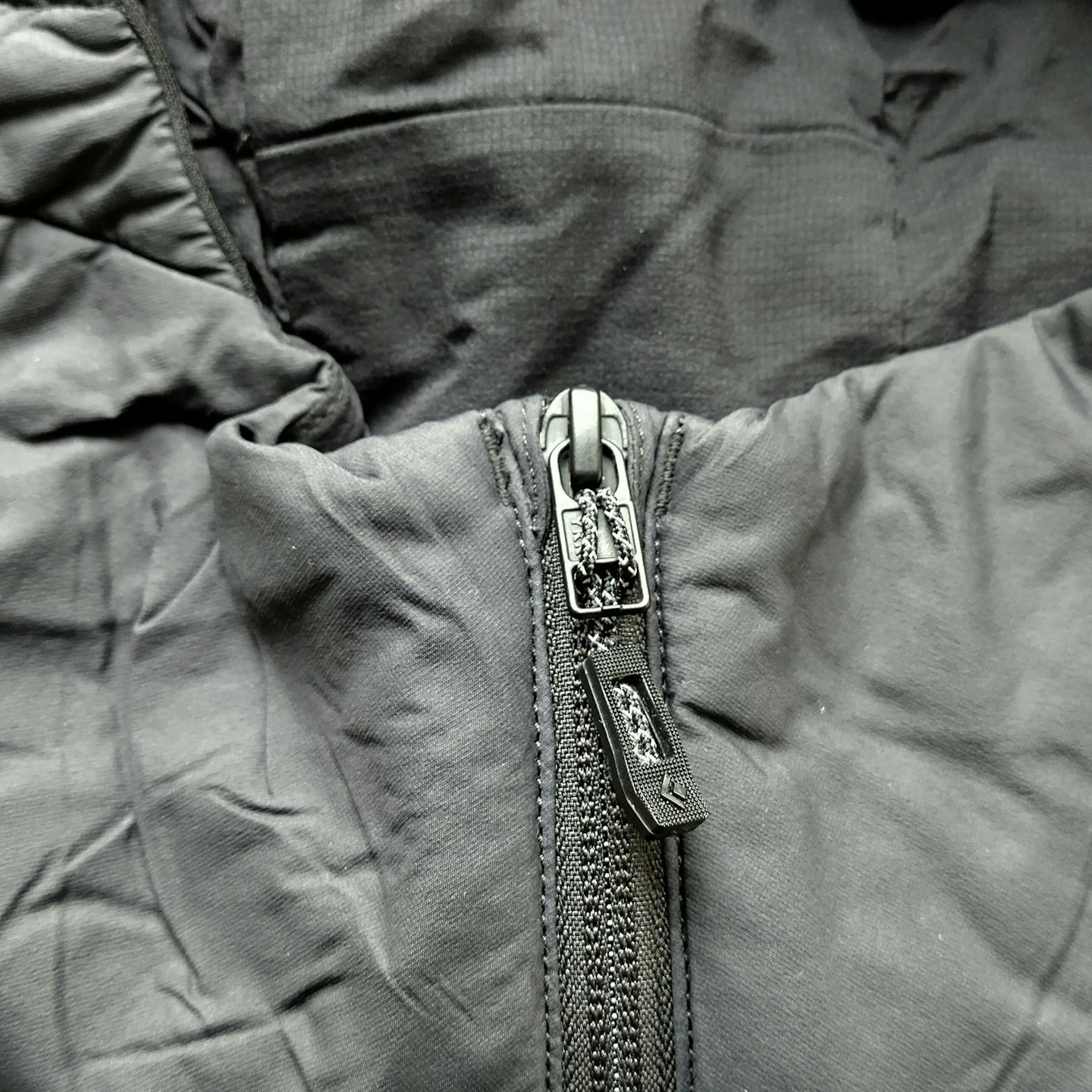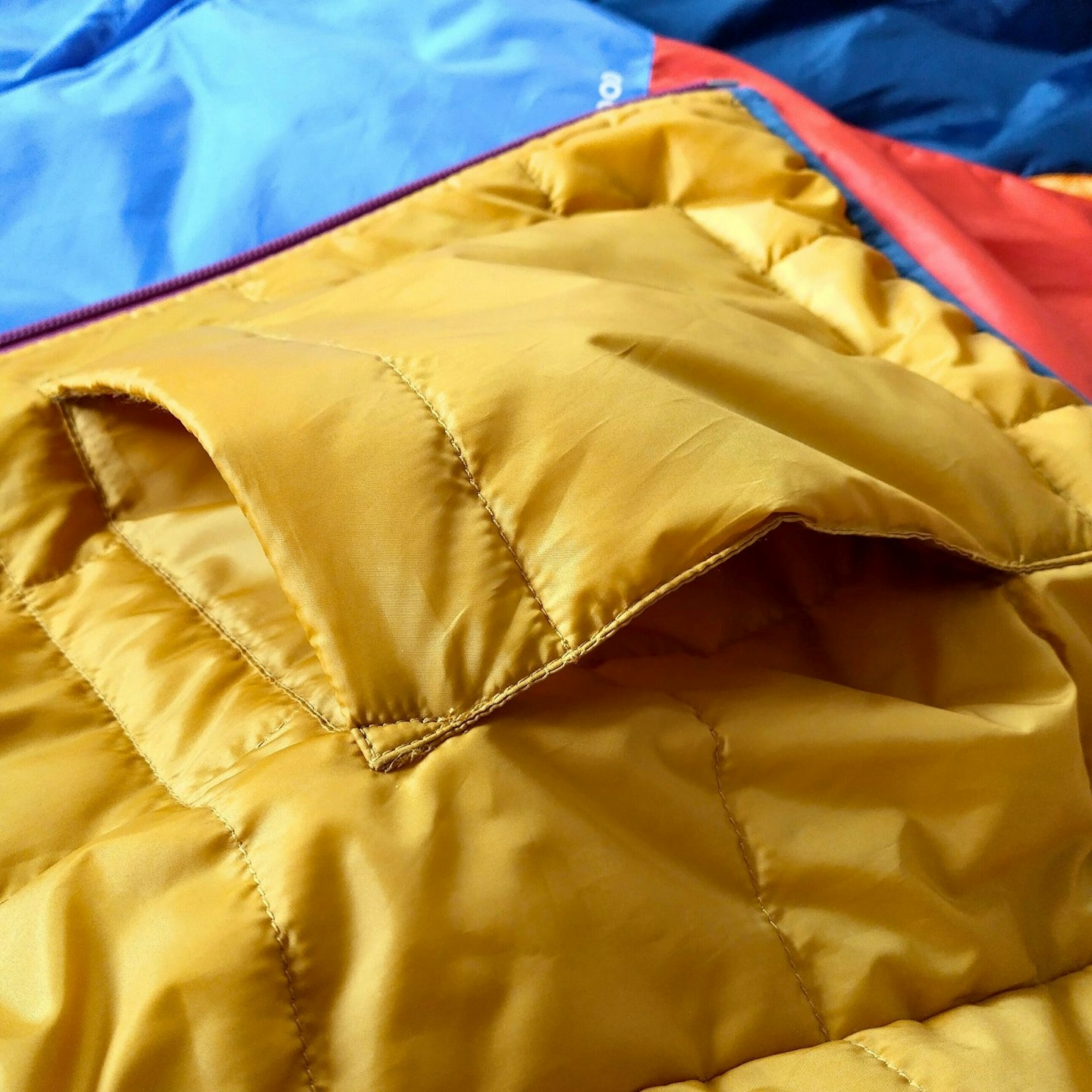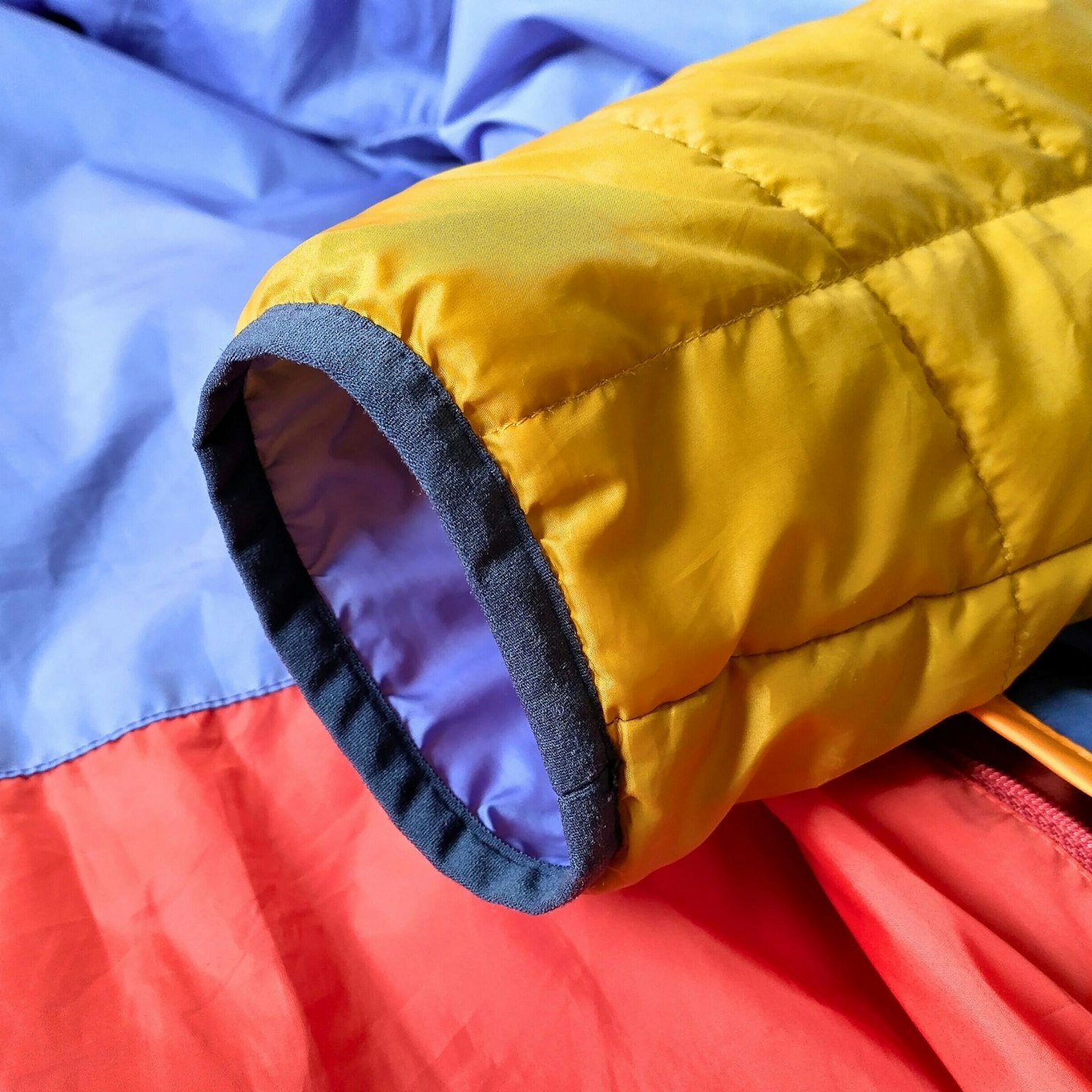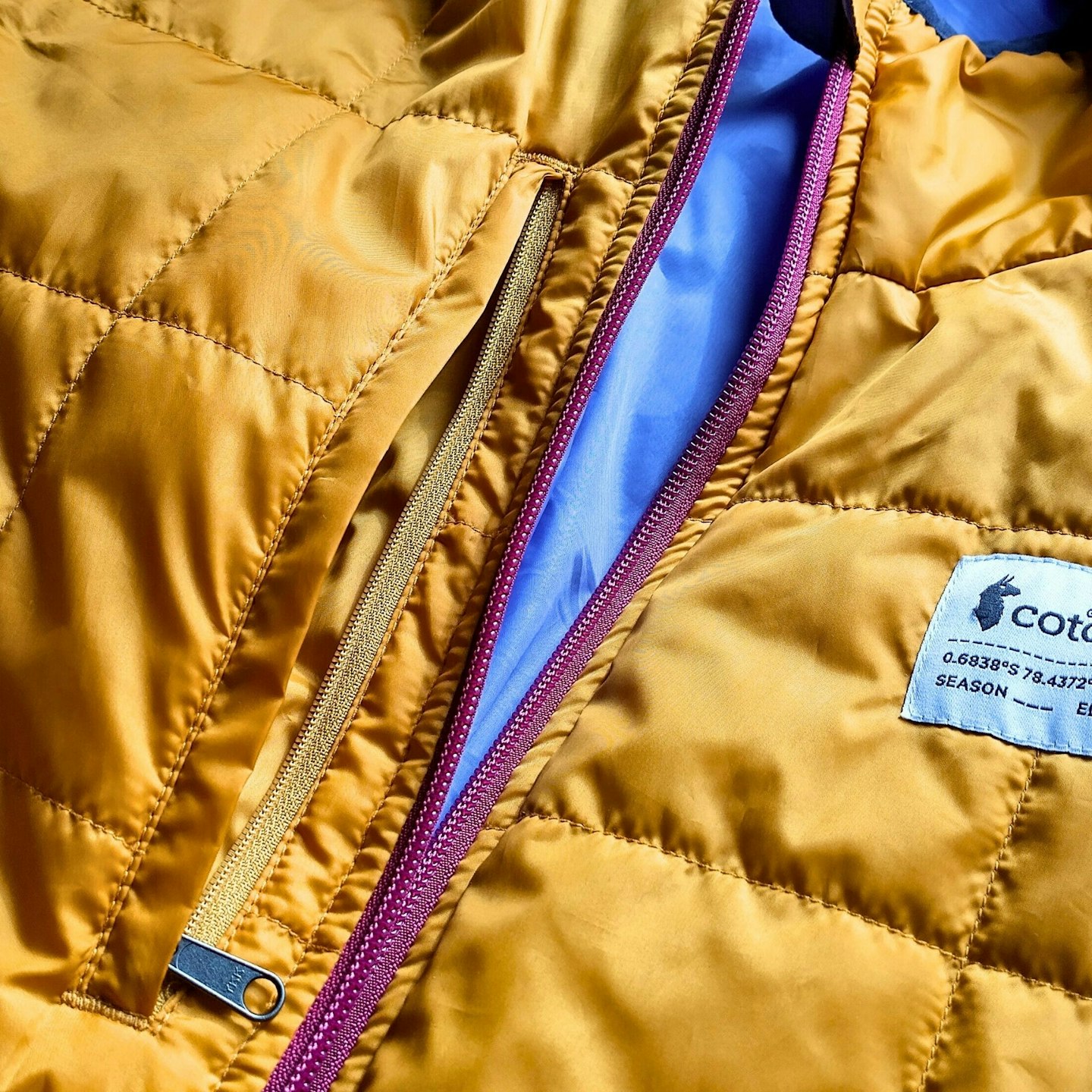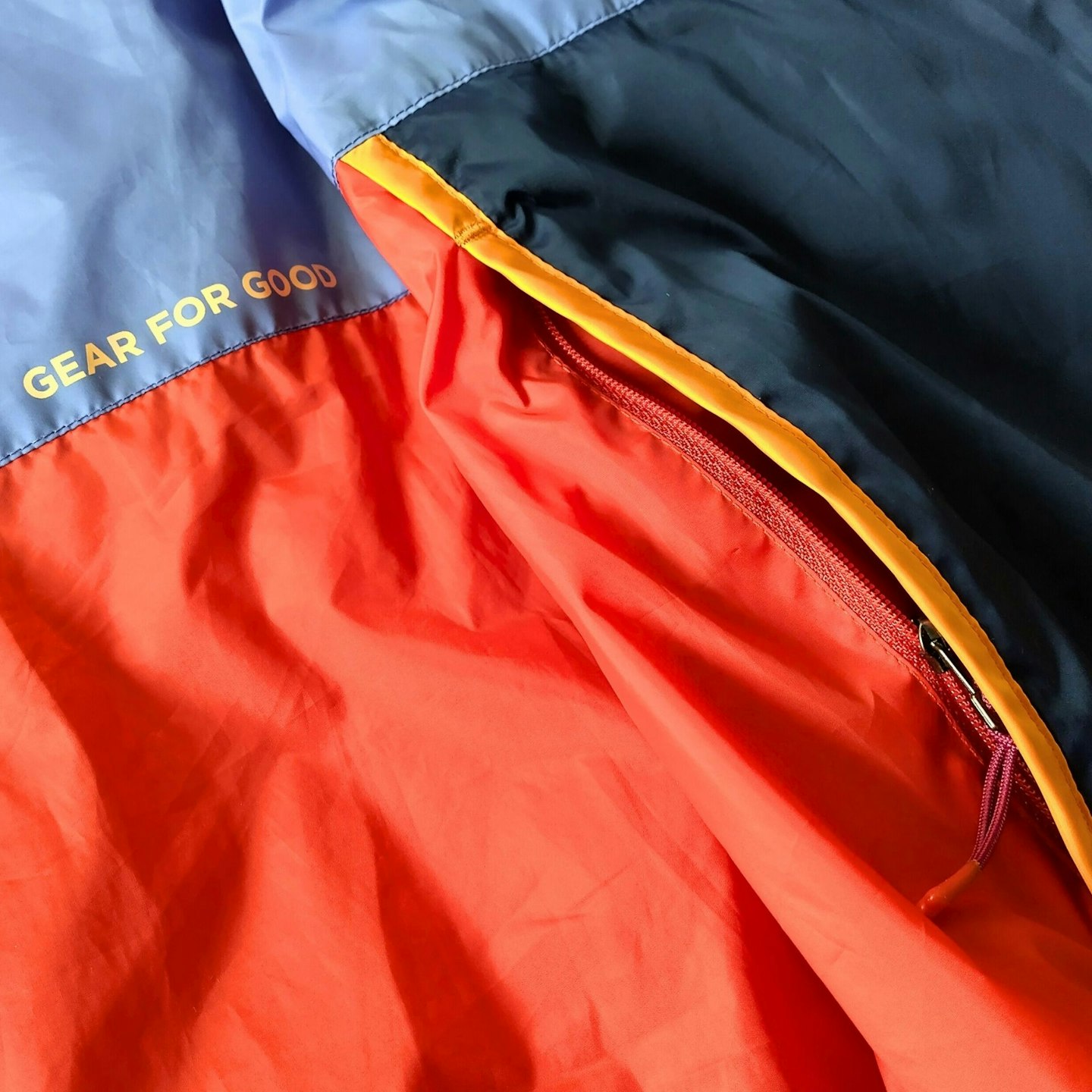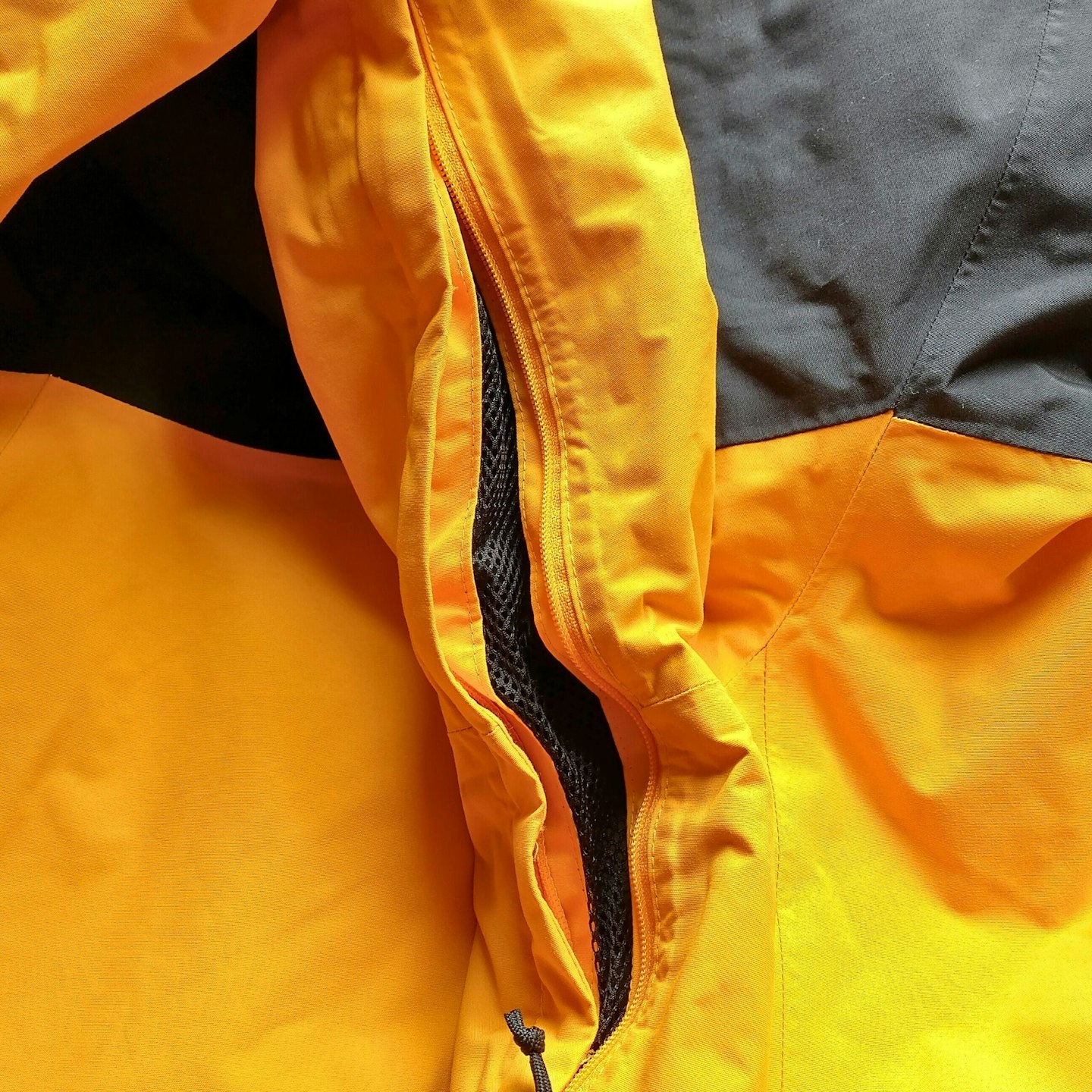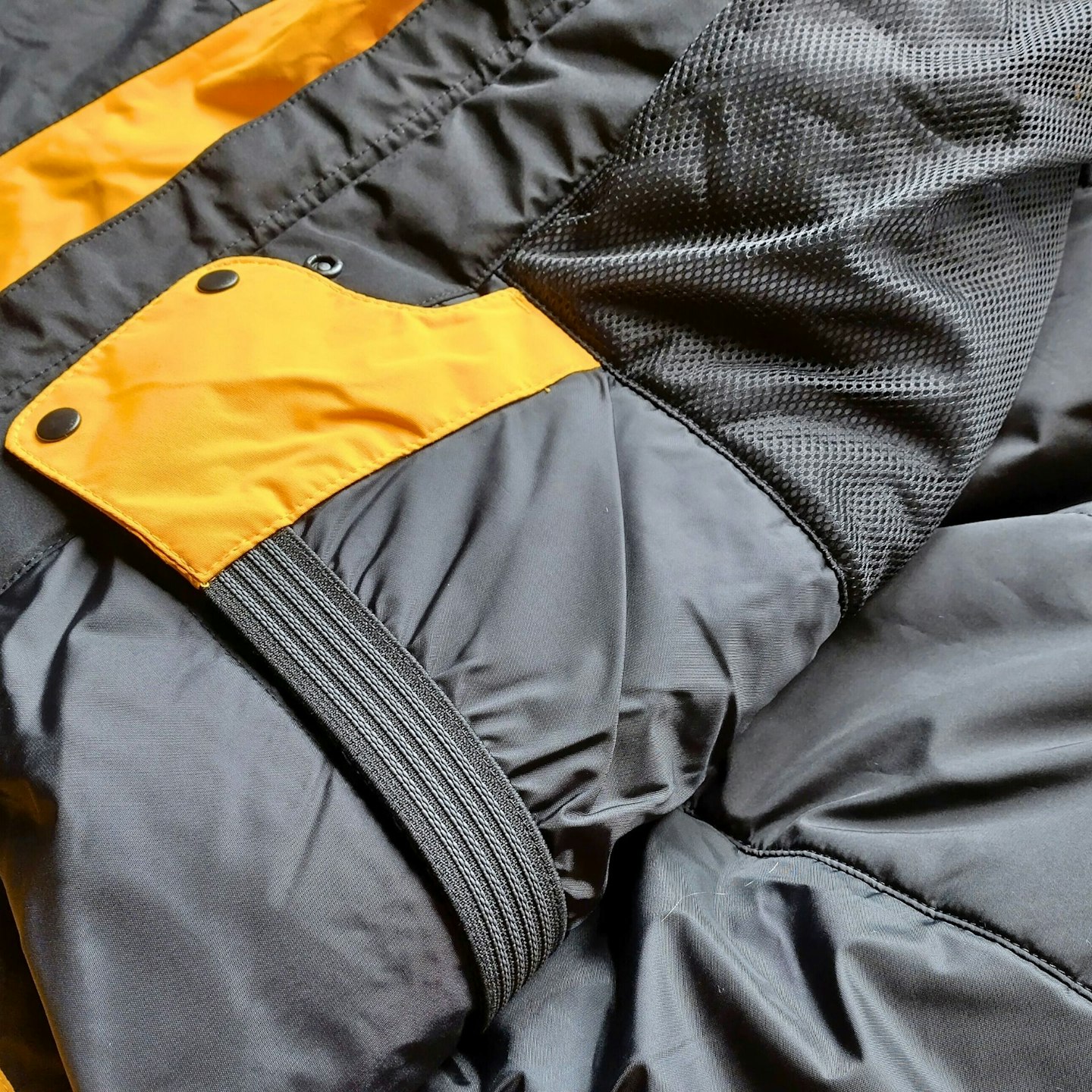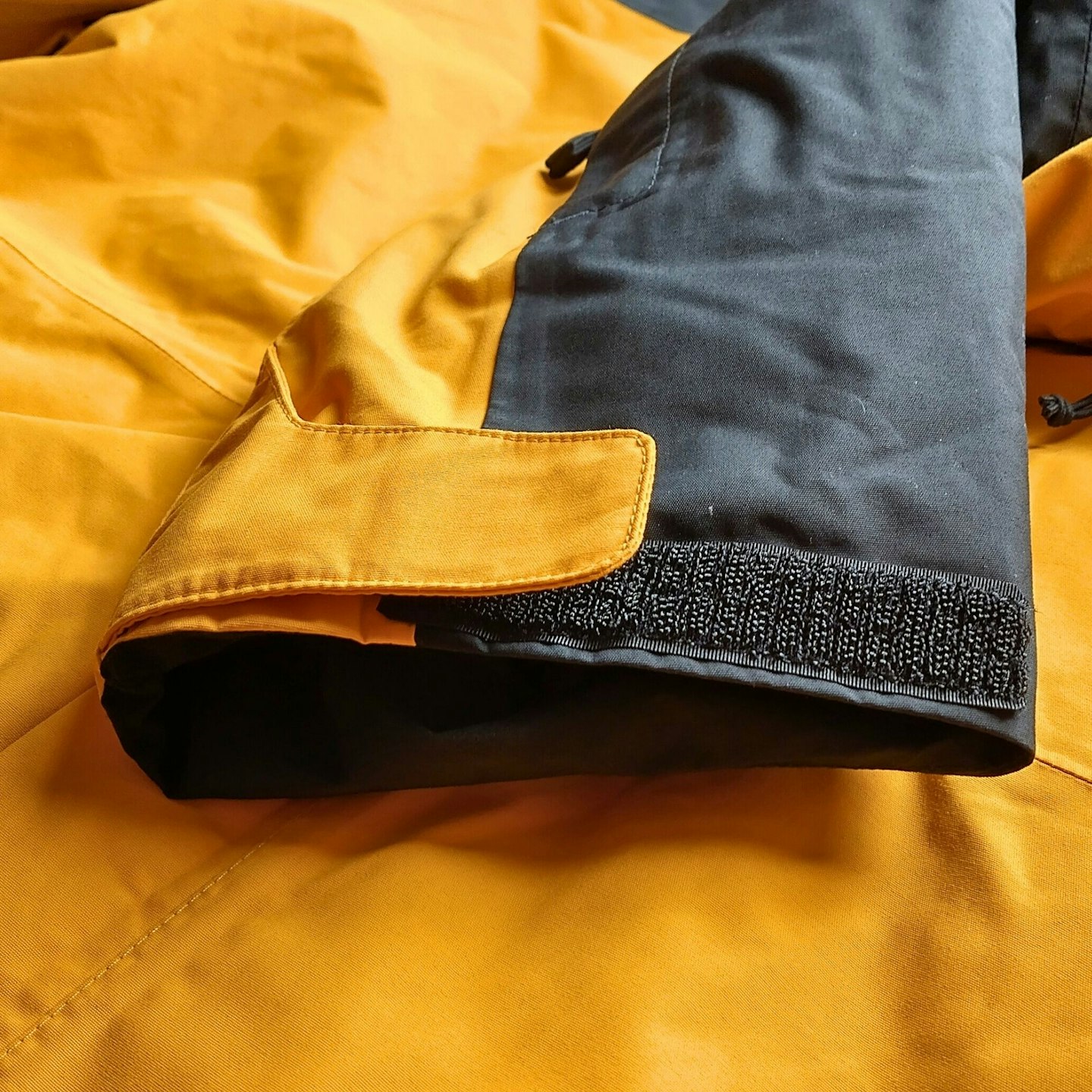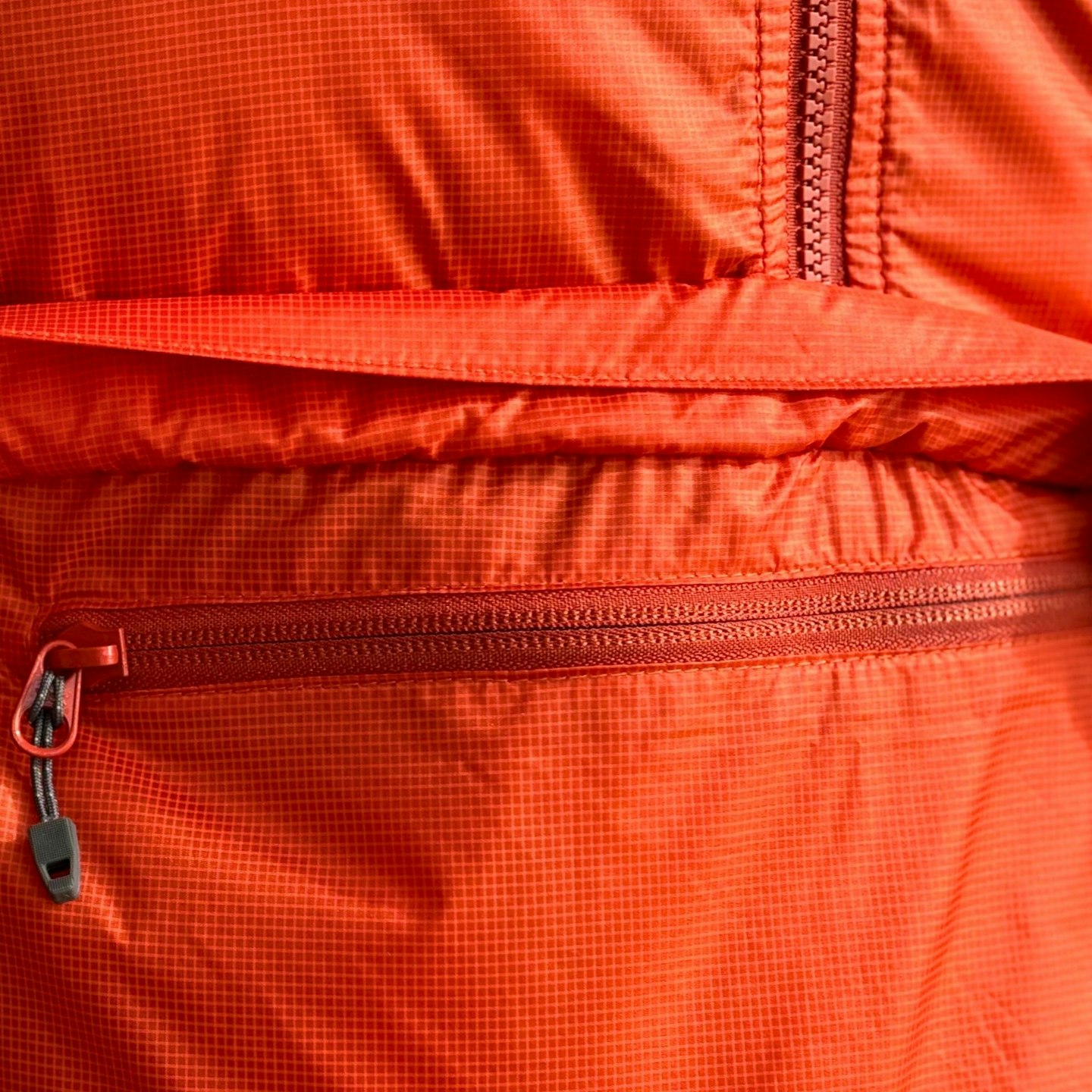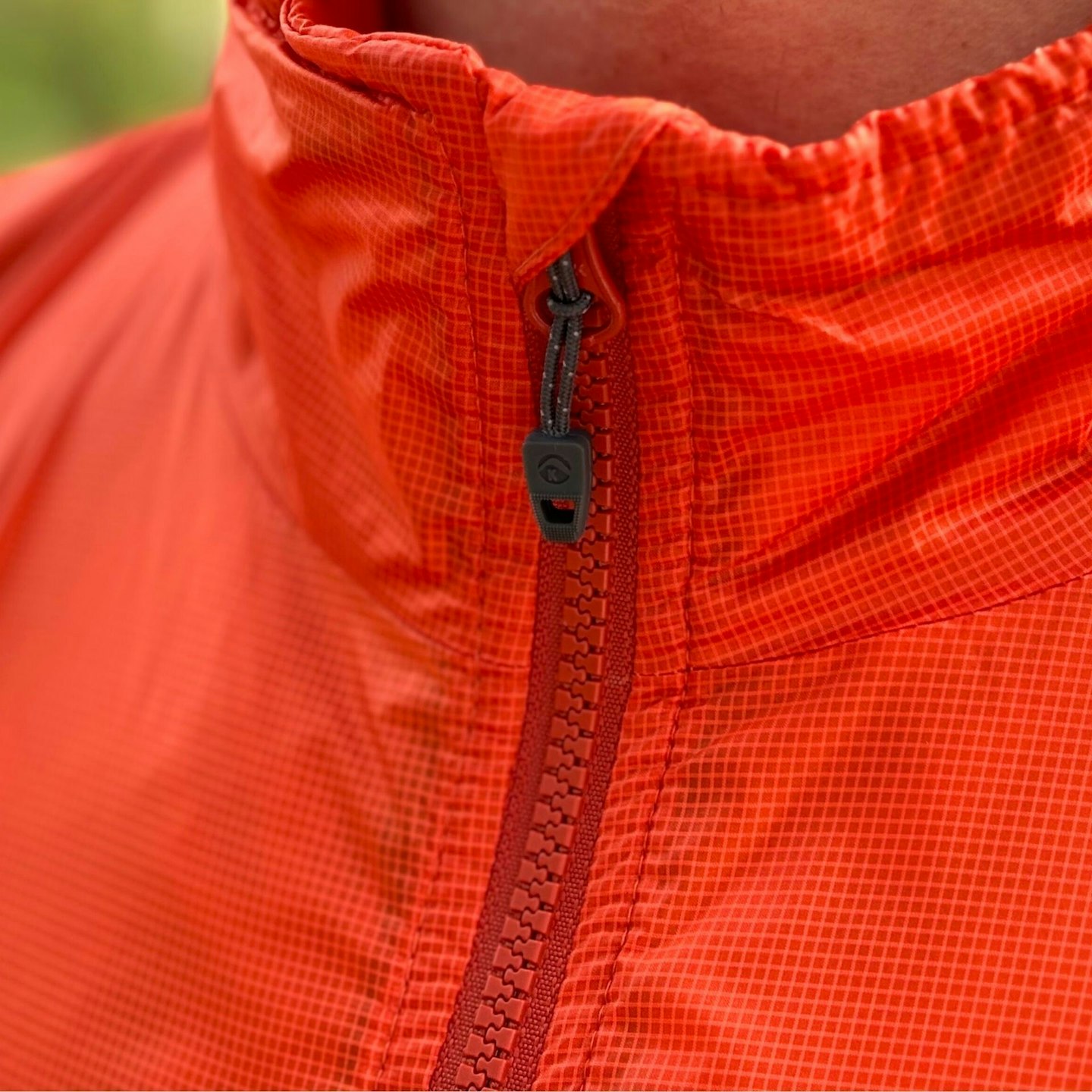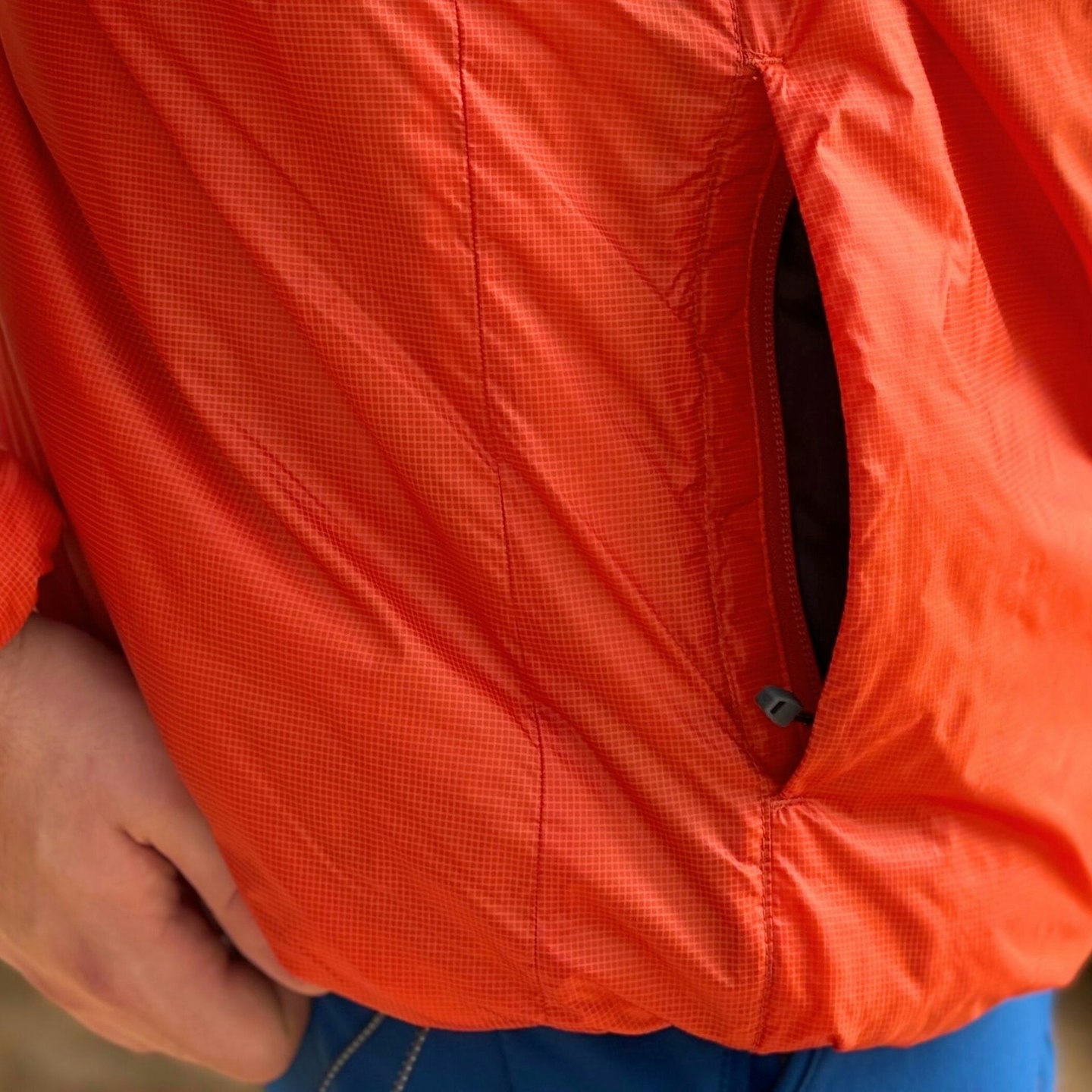While synthetic insulated jackets have been used as an alternative to down in hiking jackets and sleeping bags for many years, synthetic insulation has long failed to hold a candle to down. High quality down still reigns supreme in terms of warmth for weight, but years of research and development means synthetic insulation has closed the gap. It's no longer the gaping chasm it once was.
The drastic improvement of synthetic insulation has gone hand in hand with customer demand. The environmental impact of synthetic insulation and fibres has its own challenges, but more and more people are turning to it because of their discomfort with buying down-filled jackets and sleeping bags.
Best synthetic insulated jackets at a glance
Best in Test: 66° North Hengill - View on 66noth.com
Best Value: Kathmandu Heli Thermore - View on kathmandu.co.uk
Best for alpine outings: Rab Xenair Alpine - View on cotswoldoutdoor.com
Best active winter insulation: Black Diamond First Light Stretch Hoody - View on blackdiamondequipment.com
Here, we are looking at the very best synthetic insulated jackets for hiking in the UK. Each garment has its own strengths and weaknesses because they are all focused on offering something slightly different, be it maximum breathability, compactness, comfort, or weather protection. We've also included all the information you need to know to help make you more astute when buying your next synthetic insulated jacket.
Best synthetic insulated jackets in detail
One word to capture the essence of this jacket: versatile. Not compromised – versatile. Icelandic brand 66° North knows a thing or two about insulation and has applied some impressive know-how into this high performing, yet surprisingly lightweight jacket.
The main fabric is mildly stretchy nylon and feels soft like your favourite home hoody. It’s therefore comfy and snug but out in the hills, it’s amazing. The outer material batters away wind and a reasonable amount of rain.
We found the synthetic insulation is breathable and moderately warm (helped significantly by the weatherproof outer). You can wear it as an outer layer in cooler conditions or as a mid layer underneath a hardshell if you’re braving winter mountains.
There are a trio of zipped external pockets – two of which are handwarmer pockets, and a third on the chest. We liked the elasticated cuffs and extremely smooth one-way main zip.
There’s very little to fault with the Hengill. It’s obviously quite pricey, but its versatility addresses that somewhat, and 66° North offers repairs on all its gear (plus, it’s a certified B Corp). And perhaps you’d want something with more insulation if you’re after a purely hardcore winter jacket.
Check out the women's version here
Pros
- Versatile insulation
- Breathable
- Super smooth main zip
- Good weather resistance
- Repairs offered by 66° North
Cons
- Hood not adjustable
| Weight | 420g |
| Fabric | Nylon (93%, 7% elastane) w/ DWR |
| Insulation | Thermore |
| Men's sizes | S - 2XL |
| Women's sizes | S - 2XL |
According to its designers, this is Alpkit’s most sustainable jacket to date. The construction is fairly minimalist, with pretty much everything but the zips being 100% recycled polyester.
That includes the filling, which is ‘Primaloft Silver Eco’, an airy yet impressively warm synthetic fill which Alpkit also use in their sleeping bags. Of course, there isn’t as much fill here – a density of 60gsm is good for lightweight year-round warmth.
The Heiko is impressively lightweight, at 344g (men’s M). And combined with the lofty fill and soft, almost silky feeling of the interior, it’s the kind of jacket that you can forget you’re wearing.
That said, the fit isn’t as tailored as other picks here. You’ll want to make sure you’re buying the correct size, as this jacket looked slightly boxy on our tester, but an elastic drawcord around the hip means you’ll still get a tight seal if the wind is really whipping.
The inner and outer are both 100% polyester, with the outer treated with a PFC-free DWR for water repellency. You’ll certainly get by in a drizzle, and the thinness of this piece makes it ideal for layering under a waterproof shell.
Check out the women's version here
Pros
- High sustainability credentials
- Very lightweight
- Sits comfortably under a shell
- Good value
Cons
- Somewhat boxy fit
| Weight | 344g |
| Fabric | Recycled polyester w/ PFC-free DWR |
| Insulation | Recycled 60gsm PrimaLoft Silver Eco |
| Men's sizes | XS - 2XL |
| Women's sizes | 6 - 20 |
Rough and ready for snow-covered mountain adventures, the Xenair Alpine jacket from Rab is highly protective, being filled with PrimaLoft® Gold Active+ synthetic insulation.
This fill is far more effective than lighter, thinner options. It’s made from 55% recycled material and is spread throughout the jacket at two different densities. Under the arms and up the spinal column, you’ll get a density of 100gsm, while the rest of the jacket is insulated at 133gsm, which is certainly noticeable. This jacket feels especially plush around the chest and shoulders, as well as the waist, which can be tightened.
The 20 denier Pertex Quantum Air outer feels durable and yet more breathable than many other Pertex fabrics. With a jacket this thick, breathability is crucial, and the Xenair’s primary aim is to give you the option to either cinch up tight or allow plenty of airflow throughout.
There’s also no shortage of pockets in the Xenair, with two concealed chest pockets for more storage on top of the spacious hand pockets, all four of which are sealed with the secure YKK zips.
And finally, we really like the elastic patch on the wrist, which can be loosened and tightened for use with gloves or to ensure no cold gets in. The Xenair feels nice and secure, so it gets two big thumbs up from us.
Check out the women's version here
Pros
- Performs well in cold, damp conditions
- Plenty of storage
- Cosy close-to-body fit
- Highly adjustable
- Hook and loop cuff closure for use with gloves
Cons
- You're likely to overheat in mild conditions
| Weight | 553g |
| Fabric | 20D Pertex Quantum Air w/ PFC-free DWR |
| Insulation | 53% recycled PrimaLoft Gold Active+ |
| Men's sizes | S - 2XL |
| Women's sizes | 8 - 16 |
The Montane Fireball Lite Hooded Insulated Jacket is specifically designed with high-intensity outdoor pursuits in mind, such as hiking, climbing, and fastpacking.
This jacket showcases a smart panelled design, with the main body being constructed from Montane's Featherlite Air nylon, a fabric that boasts stretchiness and excellent air permeability. Furthermore, it comes treated with a DWR (Durable Water Repellent) finish and is filled with 40g/m2 recycled polyester insulation, which results in impressive breathability and unrestricted movement. The fleece sides and underarm panels are thoughtfully made from a cozy and flexible Thermo Grid material.
The Fireball Lite Hooded Jacket is equipped with two convenient front zip pockets, providing enough space to stash essentials like your phone and small snacks. The slim hood can fit comfortably under a bike helmet if necessary.
It's important to note that this jacket doesn't offer much in terms of windproofing or outright warmth, which we found makes it a bit of a specialist as an active insulating layer in nippy rather than winter conditions.
When it comes to sizing, if you're looking for a regular fit, a women's UK8 size fits true to size. There's plenty of room beneath it for layering, and it also offers a bit of extra length in the body.
Check out the men's version here
Pros
- Lightweight and breathable layer
- Effective active insulation
- Performs in damp conditions
Cons
- Not super warm
- Arguably overpriced
| Weight | 360g |
| Fabric | Featherlite Air nylon w/ DWR; Stretch Thermo Grid fleece |
| Insulation | Recycled Dynamic Eco |
| Men's sizes | S - 2XL |
| Women's sizes | 8 - 16 |
This jacket utilises advanced materials and clever design to excel in high-intensity activities in cold conditions. It clearly signals its suitability for active use through various features. The chosen fabrics prioritise breathability, complemented by body-mapped PrimaLoft Gold Active insulation.
As expected, the adjustable hood is compatible with helmets, and as a bonus for those seeking a portable option, the First Light Stretch Hoody can be conveniently packed into its internal mesh pocket. We liked the articulated sleeves as well, which, along with the stretchy fabric, give you superb freedom of movement.
Our testing revealed that this jacket's outer fabric is impressively wind and water resistant. Despite its lightweight 20D construction, it's surprisingly durable too.
There are a lot of similarities between this and the 66° North Hengill. However, we found the 66° North Hengill is ever so slightly better as an all-rounder, where the First Light Stretch is best for more specialist activities like climbing where freedom of movement is really important.
Check out the women's version here
Pros
- Impressive weatherproofing
- PFC-free DWR
- Comfortable 'athletic' fit
- Excellent breathability
Cons
- Only works as 'active' insulation
| Weight | 405g |
| Fabric | Bluesign-approved 20D ripstop nylon w/ PFC-free DWR |
| Insulation | PrimaLoft Gold Active |
| Men's sizes | S - XL |
| Women's sizes | XS - XL |
For those seeking a lightweight insulating layer to enhance their casual hillwalks and hikes, infusing a touch of style into the equation is always a welcome bonus. In our assessment, the Teca Cálido jacket from Cotopaxi, a brand hailing from Utah, does the job perfectly.
Our testing revealed several compelling reasons why this jacket stands out as the perfect synthetic insulated jacket for peak-to-pub walks. Its lightweight insulation performs admirably in cooler conditions during relaxed activities but can become a tad warm during more strenuous endeavors.
Furthermore, the Teca Cálido boasts a plethora of practical pockets, including two-way handwarmer pockets, and its reversible design provides you with not just one chic jacket, but two.
In terms of sustainability, this jacket earns its stripes. The outer polyester fabric is repurposed from excess material from other companies' production runs, and its insulation is also recycled. While it may not qualify as PFC/PFAS-free, this is primarily due to the use of repurposed materials, which originate from sources beyond Cotopaxi's control. It's produced in a Fair Trade Certified factory and Cotopaxi is also a certified B Corp.
Adding to its appeal, the Teca Cálido offers excellent value, priced at least £100 lower than other, more technically advanced lightweight insulated jackets on the market.
Check out the men's version here
Pros
- Reversible
- Comfortable
- Sustainable
- Versatile
- Lot of pockets
- Good value
Cons
- Not as breathable as more technical jackets
- No zip stormflap
| Weight | 360g |
| Fabric | Repurposed polyester taffeta w/ DWR |
| Insulation | Recycled 60gsm polyester |
| Men's sizes | S - 2XL |
| Women's sizes | XS - XL |
You reckon this looks like a ski jacket? You’re right, it is. Well, write it off then because it’s obviously no good for hiking. Not exactly.
At about 900g, it’s heavier than the other options here but it’s still not that heavy. We found that The North Face Freedom Insulated Jacket is a dependable all-round jacket for mid-winter adventures in the snow – be it walking or snow sports.
Unlike the others here, the Freedom Insulated Jacket is properly waterproof, employing a durable, PFC-free, 2-layer construction. The recycled insulation is a bit lighter in the sleeves than in the torso, which helps with freedom of movement. We found it doesn’t have the breathability of the other jackets here, but for something like this it’s pretty good, and has pit zips to boost it.
Given this jacket is designed for snow sports, it has all the features for it, including a snow skirt, helmet-compatible hood, large pockets (including one on the sleeve housing a goggle wipe), double stormflaps, glove-friendly zip pullers, and Velcro cuffs. Most of these features are useful for snowy hikes too.
This jacket will work for plenty of people. No, it’s not a bona fide hiking jacket but it doesn’t matter, it can be used as such when it's really cold, and for skiing. Given the high cost of jackets, one that is versatile is always worth considering.
Check out the women's version here
Pros
- Great for general use in snowy conditions
- Waterproof
- Decent eco credentials
Cons
- Heavier than you might want for hiking
| Weight | 895g |
| Fabric | Recycled polyester taffeta w/ PFC-free DWR |
| Insulation | Recycled Heatseeker Eco |
| Men's sizes | S - 2XL |
| Women's sizes | XS - XL |
This is a unique pick for several reasons. The quarter length zip makes this is the only over-the-head jacket in our list, the synthetic insulation is lightweight and works well in wet conditions, but most importantly, it’s got a giant kangaroo pouch on the front.
The second we put this jacket on, it was all about investigating this big central pocket. It’s a fluffy cavern accessible via what look like two separate hand pockets. The fact that they join in the centre is actually great for keeping your fingers toasty on cold outings.
In addition, a huge cross-body zip reveals yet more storage in the stomach area. An extra large pouch constructed from water-resistant Flylite Ultra fabric, which sits under the durable Cordura which makes up most of the jacket.
This zip tucks away under a flap but doesn’t look to be particularly waterproof. It seems the angle here is fast access to a camera or headtorch, or any other essentials you want to keep within grabbing range. We liked it for energy bars, but at this size, the possibilities are endless (provided you don’t mind looking a little chunky around the midsection).
Be mindful though, it already weighs 520g, so loading up this jacket might make for a bit of extra strain.
Pros
- Huge storage pockets
- Works great as a stand-alone jacket
- Joined hand pockets for extra warmth
Cons
- Inelegant fit wouldn’t suit many shells
- No women’s version
| Weight | 520g |
| Fabric | Flylite Ultra fabric w/ Cordura |
| Insulation | 60gsm Primaloft Gold |
| Men's sizes | XS - 3XL |
| Women's sizes | N/A |
How we test synthetic insulated jackets
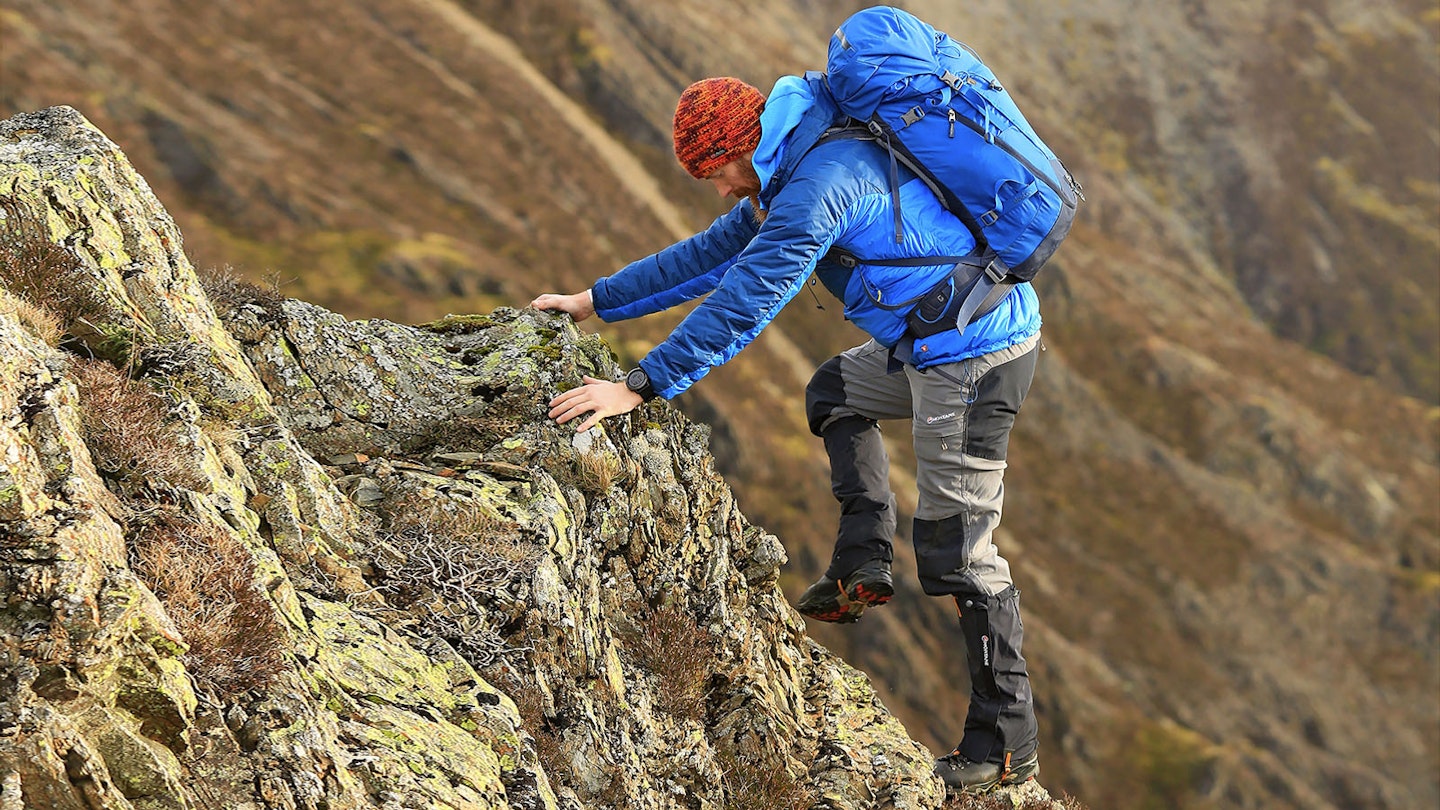
Most of the jackets recommended here were tested by Chris Williams, who is one of LFTO's staff writers and has been testing gear for us since 2021. Chris is from New Zealand and has journalistic, outdoor industry, and basically his lifetime's worth of hiking experience to bring to his gear reviews.
Our other experienced gear testers who have contributed to this list of down jacket recommendations are Milo Wilson, Kate Milsom.
The insulated jackets we test are put to work in a variety of conditions and temperatures, ranging from chilly to frigid in both dry and damp weather.
We want to find out how well the insulation performs in a mixture of conditions and how well it copes with moisture - both precipitation and perspiration.
Beyond this, we find out how well the jackets fit and how comfortable they are to wear in demanding conditions. Jackets also come with an array of features and we are always keen to investigate whether they work in the real world…or not.
Sustainability is an important consideration for us too, which is why we have our Tread Lightly award for contenders that do well in this space. With sustainability, it's not just about using recycled materials, it's about eliminating the use of PFC/PFAs and harmful chemicals, ethical labour standards, actively lowering emissions, and other important aspects such as repairability.
Read more about how we test.
What is synthetic insulation?
You will likely know what down feathers look like, the small, delicate and fluffy feathers that sit beneath a bird's outer feathers. They're extremely effective at trapping air pockets to create a warm air blanket for the bird. This is why they are looked upon with envy by humans.
Synthetic insulation is not fake feathers, though it tries to copy its traits as closely as it can. Synthetic insulation is usually made from polyester (hopefully recycled rather than virgin). It's not quite as delicate or light or compressible as down but the fibres are arranged to intertwine and trap air pockets just like down does.
Down vs synthetic
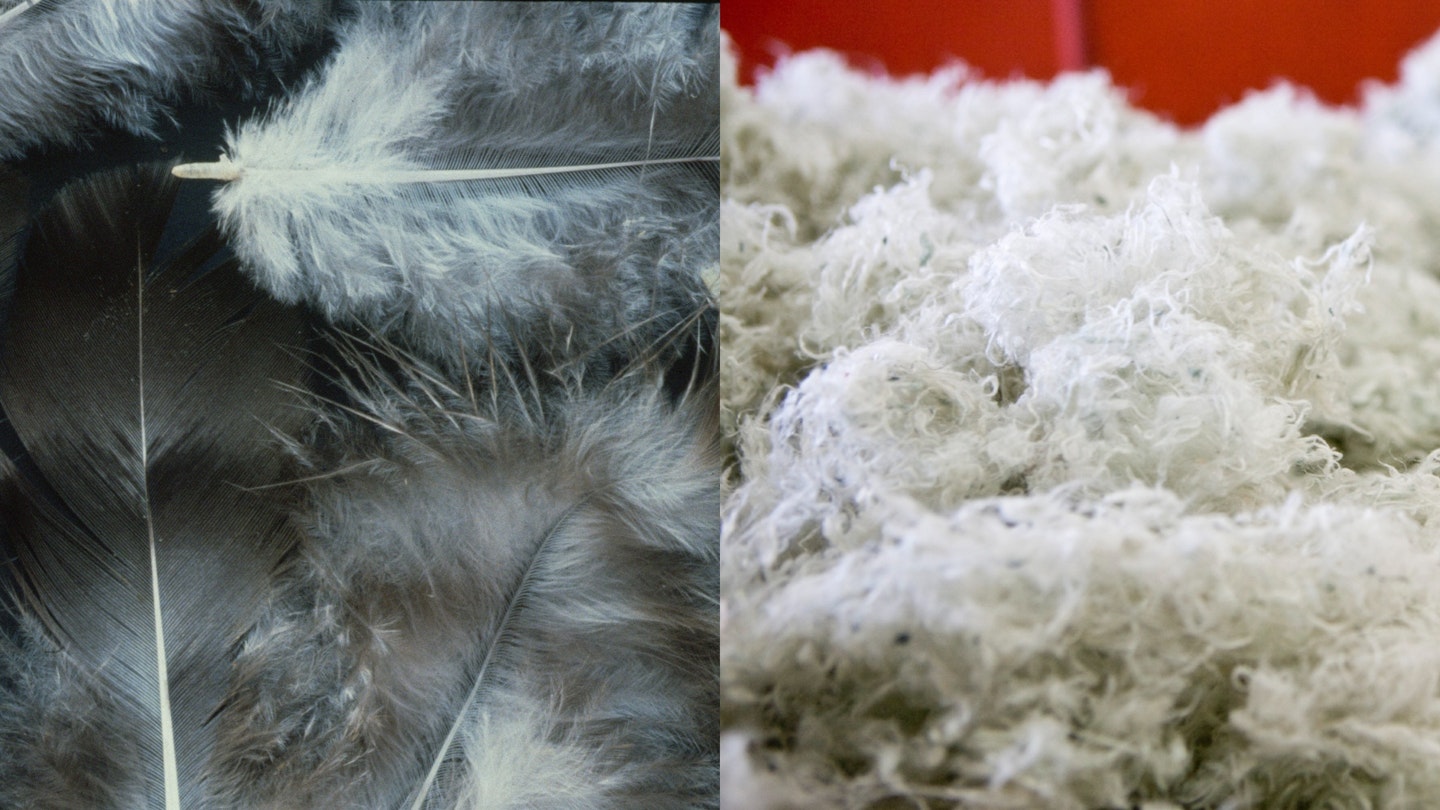
High loft down remains lighter and warmer than synthetic insulation. Where down uses fill power to determine its 'fluffiness', synthetic does not use this or an equivalent measurement, so it is tricky to say exactly when a certain synthetic insulation is the same as 600-fill down, for example.
Down is also more compressible than synthetic insulation, which comes in handy when stuffing your insulated jacket into your rucksack.
But anyone browsing shelves or online shops will have quickly noticed the price difference between down and synthetic insulation. The latter is dramatically less expensive.
One of the other big advantages of synthetic insulation is its ability to keep its insulating abilities when it gets damp. For down to repel moisture it needs hydrophobic treatment, which many outdoor brands add to the down insulation of their hiking jackets.
What to look for in synthetic insulated jackets

Insulation: There are two types or styles of synthetic insulated jackets: those for warmth, like puffer jackets, and those more for breathability. The former use down-style fill in baffles and the latter use panels of insulation instead. Puffer-style synthetic jackets are warmer and more packable thanks to the compressible nature of the insulation. The panel-type insulation allows thinner and more stretchy fabrics to be used but this style doesn't pack down as well.
Breathability: This is strongly related to insulation type. Synthetic insulation that mimics down is less breathable than the thinner panel insulation. It's also important to consider shell and lining material too. Pure nylon fabrics are not as breathable as those that use stretch and fleece-type fabrics.
Weight and size: This matters when hiking. Space is scarce. Synthetic insulated jackets are heavier than down but they can still be reasonably light in return for a loss of warmth.
Fit: Down-style synthetic jackets are great for layering underneath because they tend to have a looser fit. Meanwhile, those that use stretch fabrics have a more athletic fit, intended to use as a mid layer in winter or outer layer in milder temperatures. Personal comfort preferences are important here too.
Hood: A hood protects your head against heat loss. In winter, the hood of an insulated jacket is usually worn over a beanie, or over a climbing helmet when mountaineering. Most hoods are elastic-bound for a closer fit, but more technical jackets may feature two- or three-point drawcord adjustment.
Synthetic jacket care
It is true that synthetic insulation is easy to care for that down. You can pop it in the washing machine with an outdoor clothing detergent like Grangers Performance Wash or Nikwax Tech Wash. Using either of these instead of regular laundry detergent ensures the jacket fabrics and insulation remain breathable and water repellent.
Sustainability
Many people switch from down to synthetic out of animal welfare concerns and cost reasons. While turning to synthetic does indeed negate the need for down, there are other challenges that loom large in its place.
Chief among these is the plastic problem. The world already has too much plastic and filling your jacket with it seems to exacerbate the problem. It's therefore important to buy synthetic jackets with recycled insulation so that at least more plastic isn't being created by your demand.
It hasn't taken long for the industry (or at least the part of it that cares) to come up with biodegradable fibre. PrimaLoft Bio is a world-first fully biodegradable fibre that breaks down in landfills, oceans and wastewater and is now being used as insulation and a clothing fibre.
Don't forget to subscribe to the Live For The Outdoors newsletter to get expert advice and outdoor inspiration delivered to your inbox!
For the latest reviews - including extra photos and kit that won't appear online - pick up a copy of the current issue of Trail Magazine!
Chris Williams is a Digital Content Writer for Live For The Outdoors. He trained as a journalist in New Zealand and has been working on Live For The Outdoors since 2021.

